For the last election week blog/bucket list post(that was intended to be posted much earlier this month), we are going to cover 5 U.S. presidents, their presidential libraries, and their homes across the nation. Below I will share the presidential backgrounds of each president, where each presidential library is located, their hours of operation, their home locations, and my experiences(if any) at each one. I have been to 3 of 5 of the presidential libraries listed below and have only missed out on 1 of the presidential homes. So, with this said, I want to give the heads up that I will be sharing more of my personal vacation pictures from some of my trips to the ones that I have visited. However, they all may be slightly mixed together and there may be less pictures for other presidential libraries and/or homes that I have not visited. And for whatever the reason is, the spacing is not working out for me right now so please bear with me while I work to get that fixed!
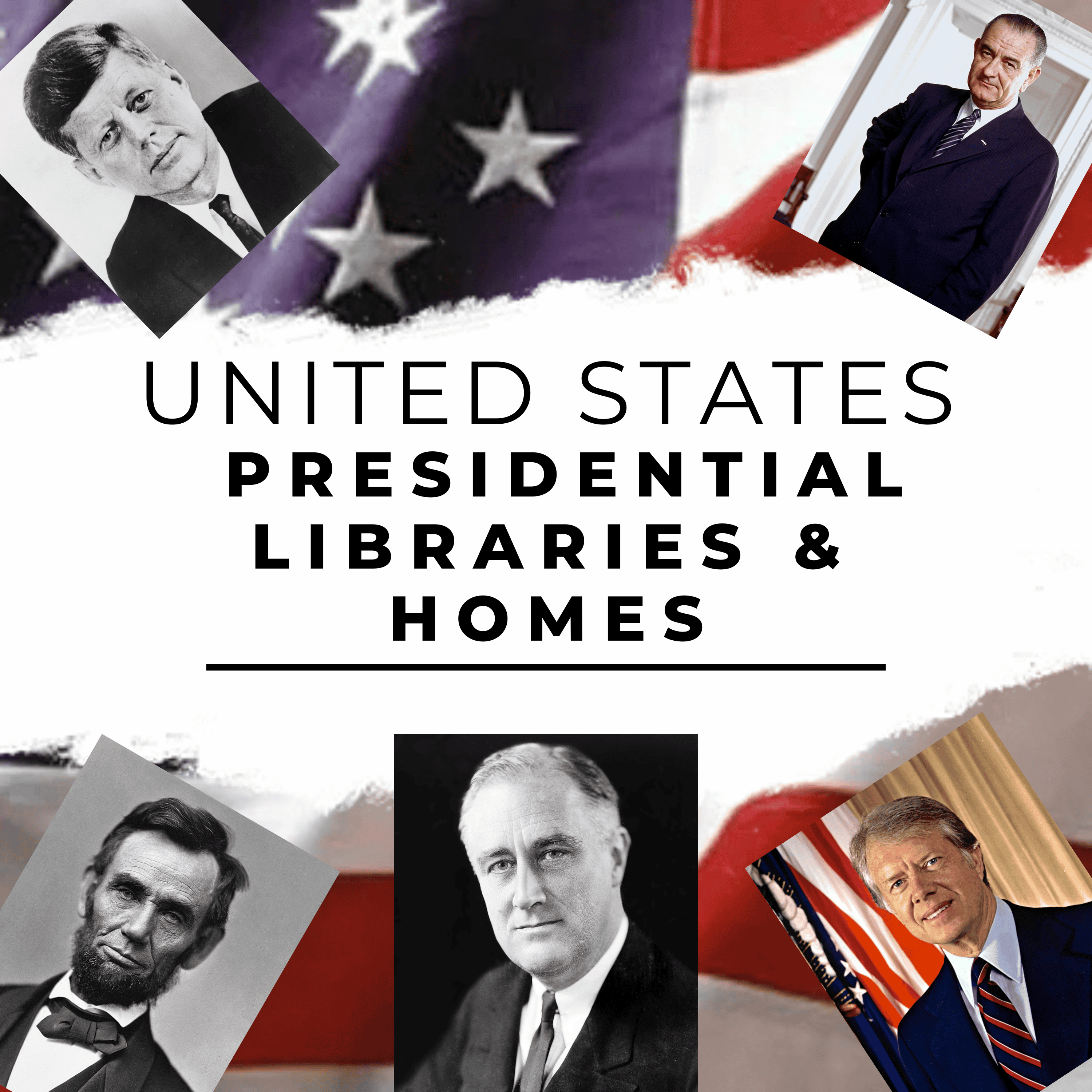
Franklin Delano Roosevelt
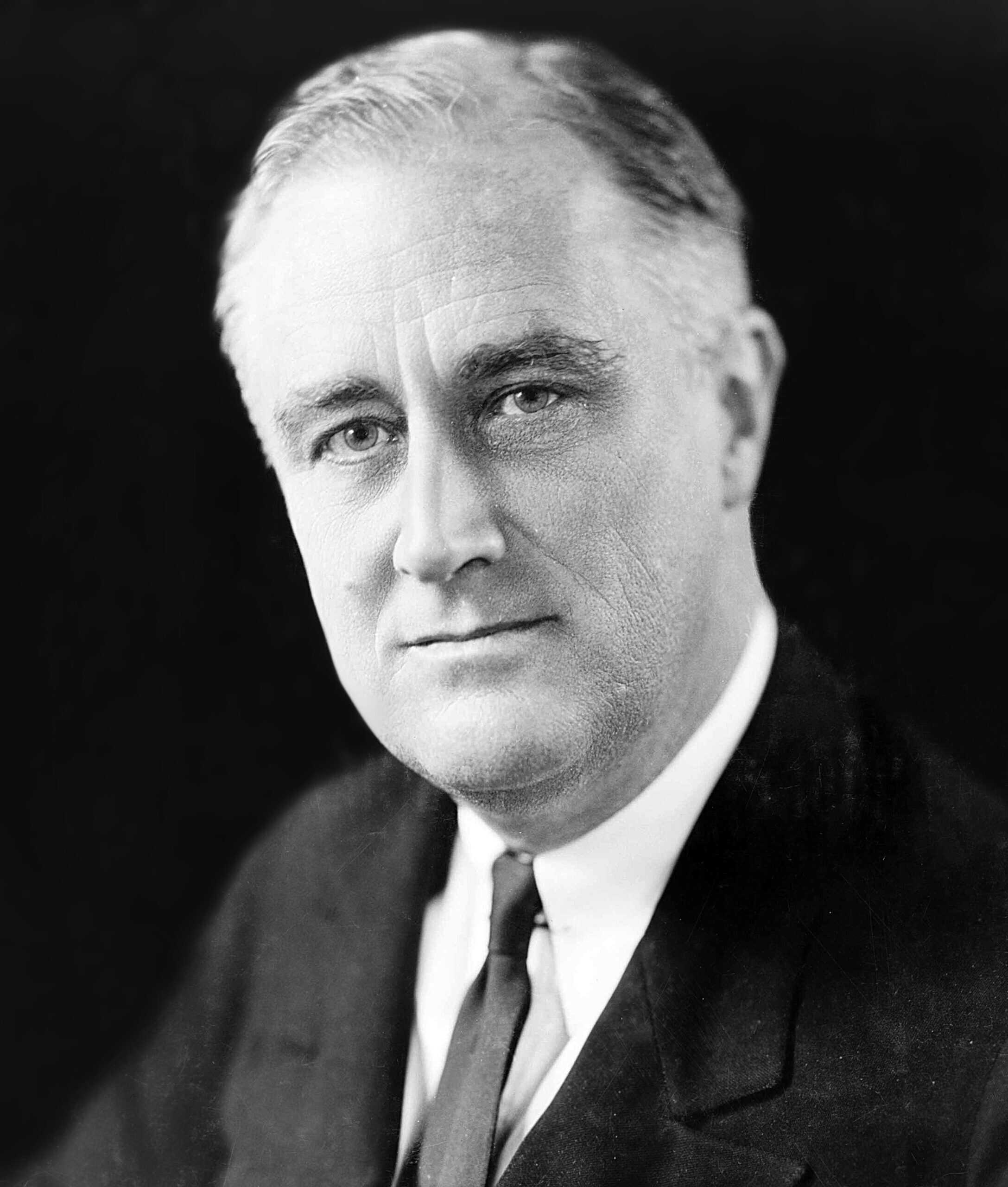
Presidential Background: Franklin Delano Roosevelt (FDR), born on January 30, 1882, in Hyde Park, New York, was a key figure in American history, serving as the 32nd president from 1933 to 1945. A member of the wealthy Roosevelt family, he was educated at prestigious schools, including Harvard University, and later attended Columbia Law School. Roosevelt’s early political career included serving as a New York state senator and assistant secretary of the navy under President Woodrow Wilson. In 1921, Roosevelt was struck by polio, which left him permanently paralyzed from the waist down. Despite this setback, he remained active in public life and made a political comeback by being elected governor of New York in 1928. As governor, he implemented progressive reforms, gaining a reputation for his innovative approach to tackling the Great Depression. FDR was elected president in 1932, during the depths of the Great Depression. His New Deal programs, a series of economic and social reforms, aimed to provide relief, recovery, and reform. Key initiatives included the creation of Social Security, the establishment of labor rights, and the introduction of public works programs such as the Civilian Conservation Corps (CCC) and the Works Progress Administration (WPA). These efforts helped lift the U.S. out of the Depression, though recovery was slow and uneven. Roosevelt was elected to four terms, the only president to serve more than two terms. His leadership during World War II was pivotal, as he guided the U.S. through the conflict, forging key alliances with the United Kingdom and the Soviet Union. FDR died in office on April 12, 1945, just months before the war’s end. His legacy includes shaping modern liberalism, expanding the federal government’s role in Americans’ lives, and laying the groundwork for the post-war international order.
Presidential Library Location: Hyde Park, New York
Hours Of Operation: 9 A.M.-5 P.M., 7 Days A Week
Home Location: Hyde Park, New York(Connected with his presidential library)
My Experience(If Any): Truly, this may be 1 of my top 2 favorite presidential libraries that I have been to. Why? To be honest, it may have a LITTLE to do with the fact that he is 1 of my 2 favorite presidents, but also more so because of how great my experience here was. For starters, me, my mom, and my aunt took a train from Grand Central Station to get there, which is an amazing experience in and of itself. We went during the fall time, so, on the journey up, we got to take in plenty of beautiful fall scenery along the Hudson River. When we arrived to FDR’s presidential library and home, it truly was restored to its original state but also had a modern twist with the museum itself. The museum included his 1936 Ford Phaeton, the desk he used in the Oval Office, and also on site was his burial site, which I least expected. I highly recommend you take the guided tours that are offered here and to also grab a few photos, and of course, a few souvenirs.

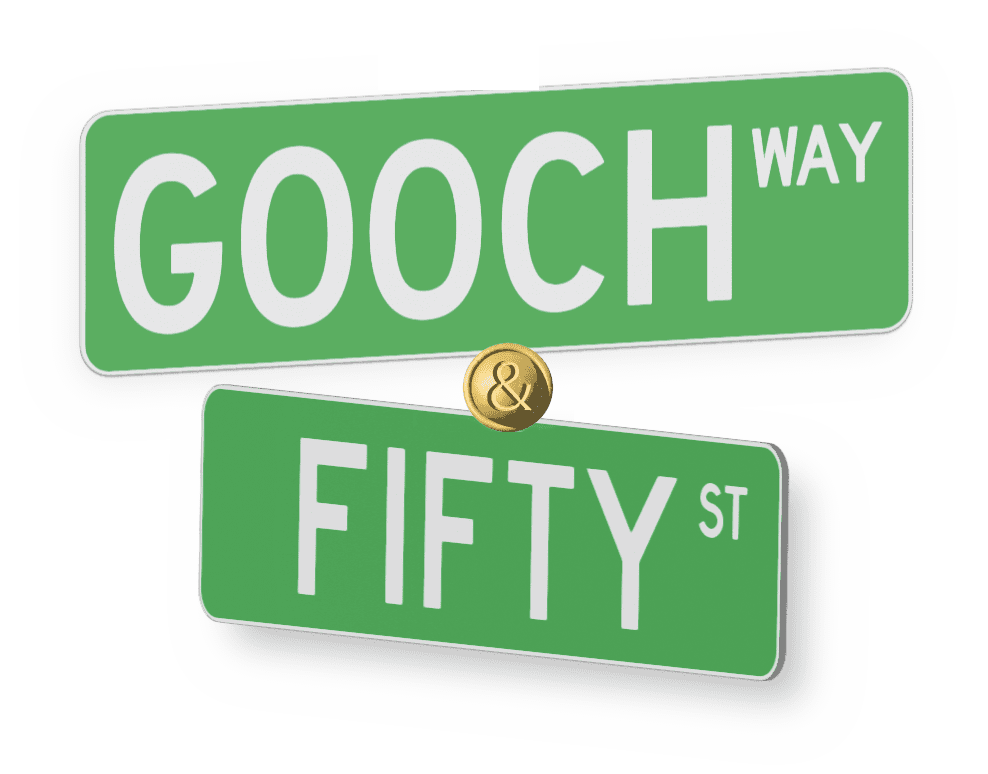
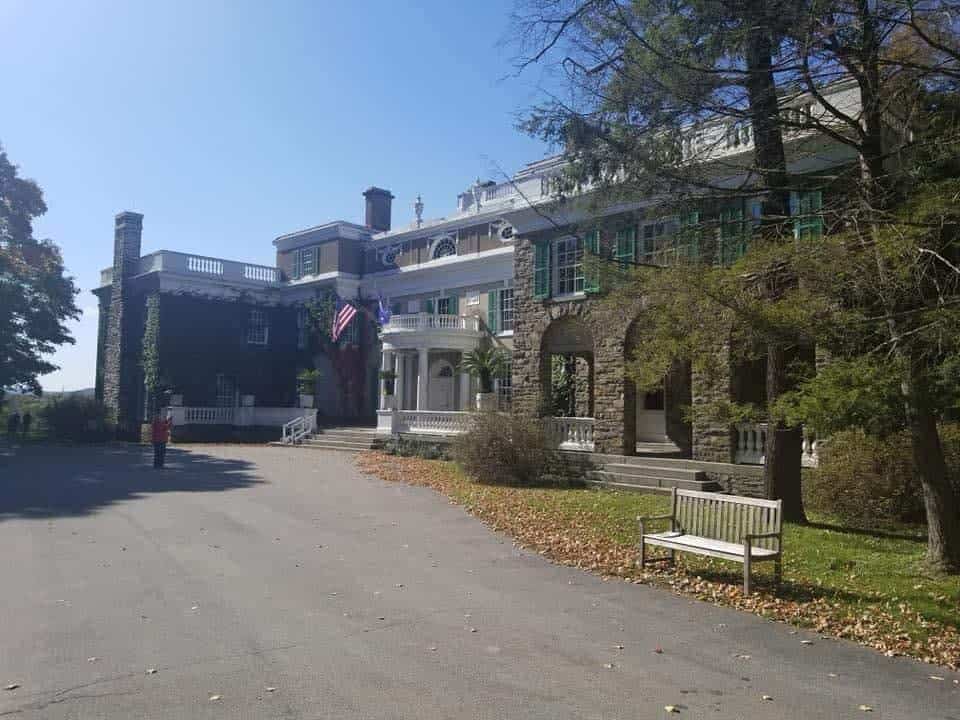
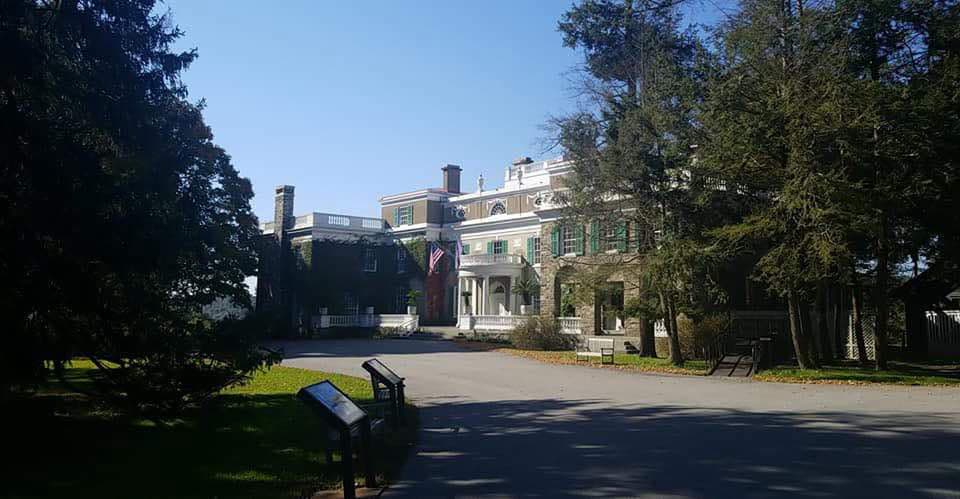
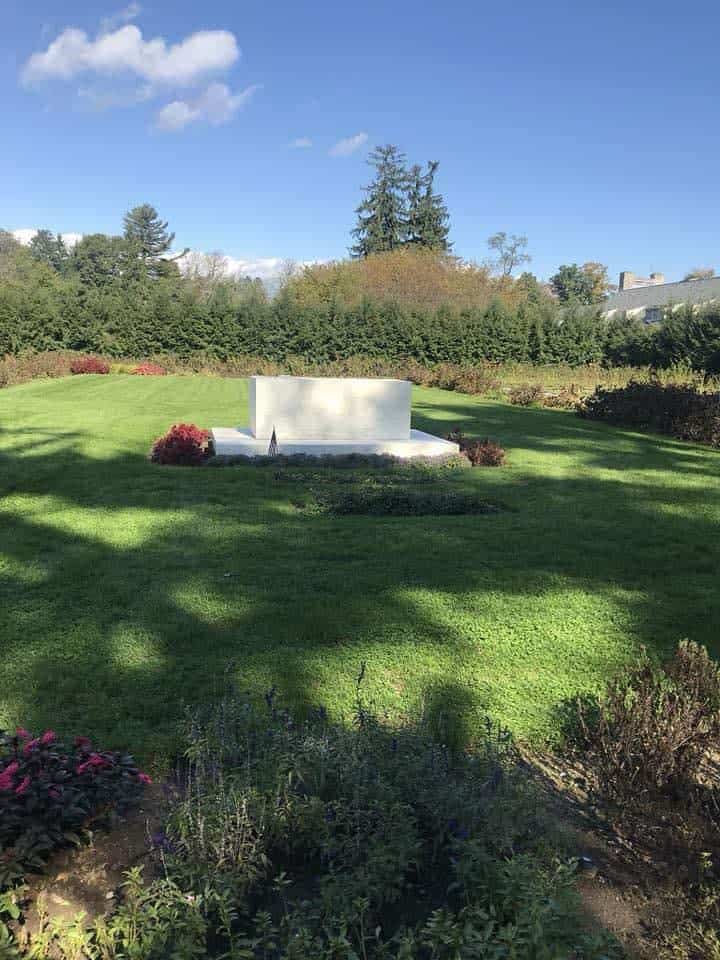

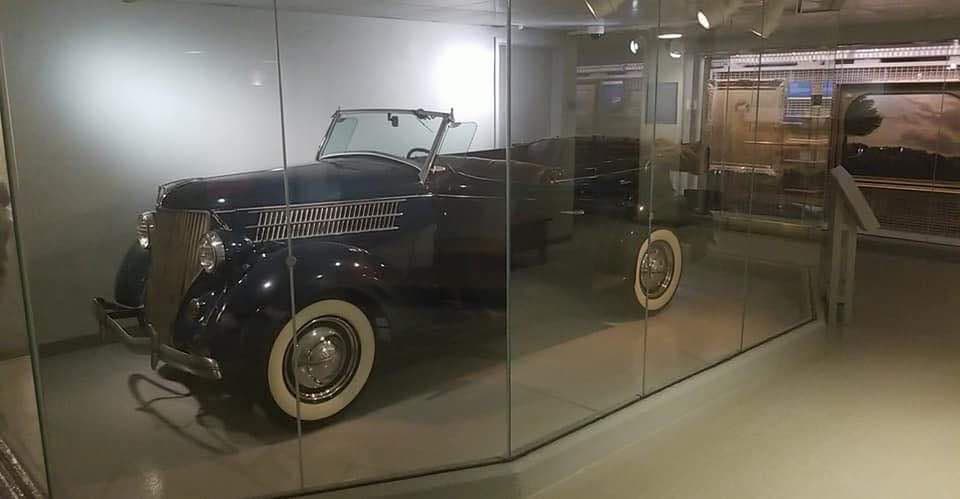
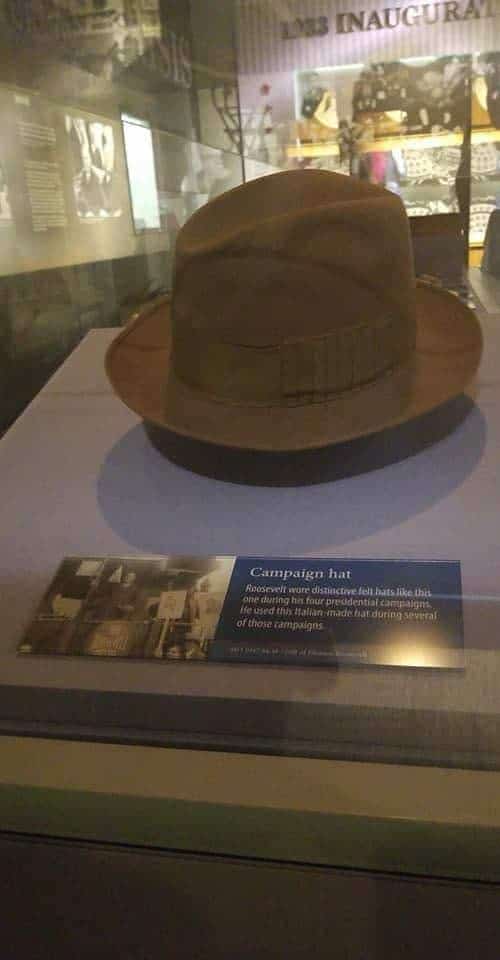
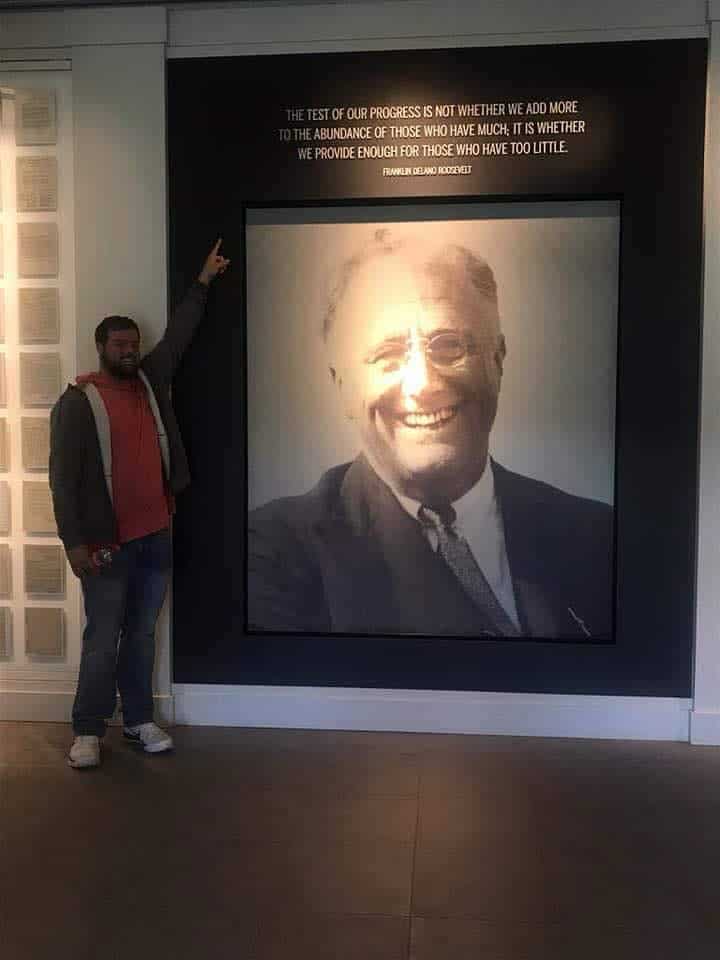
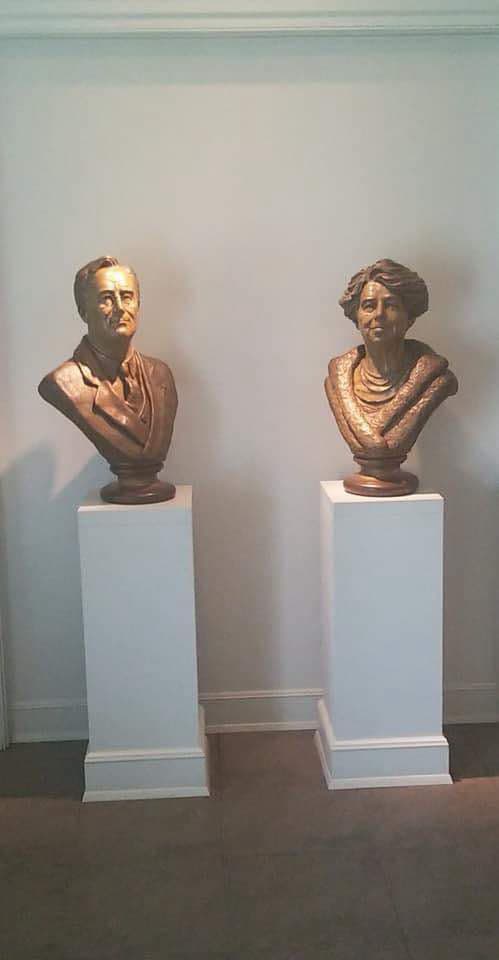
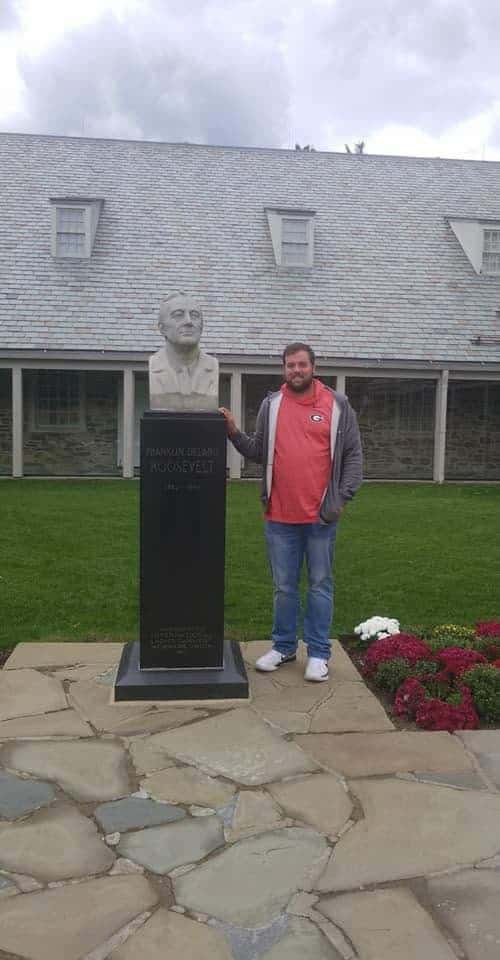
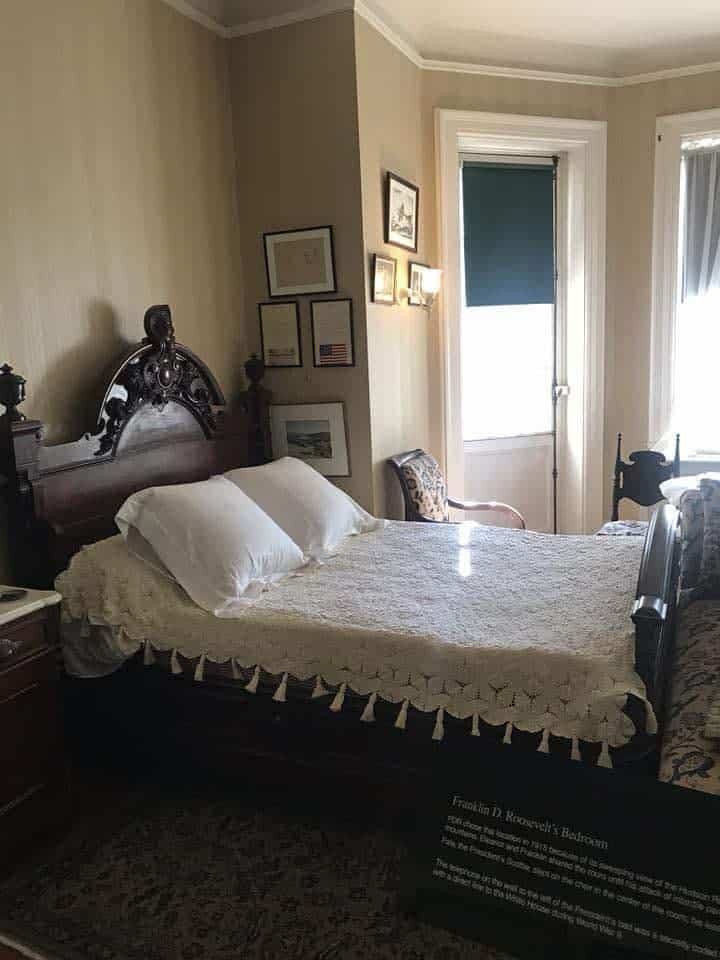

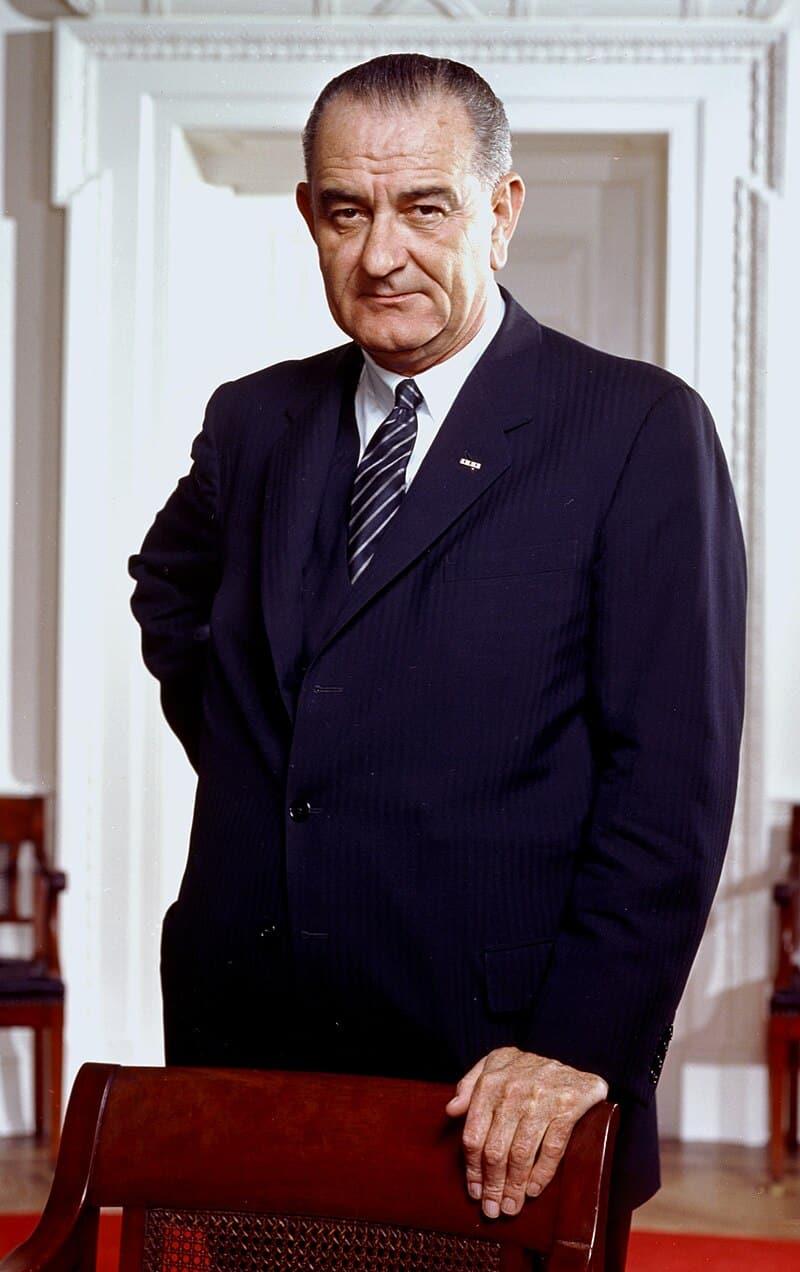
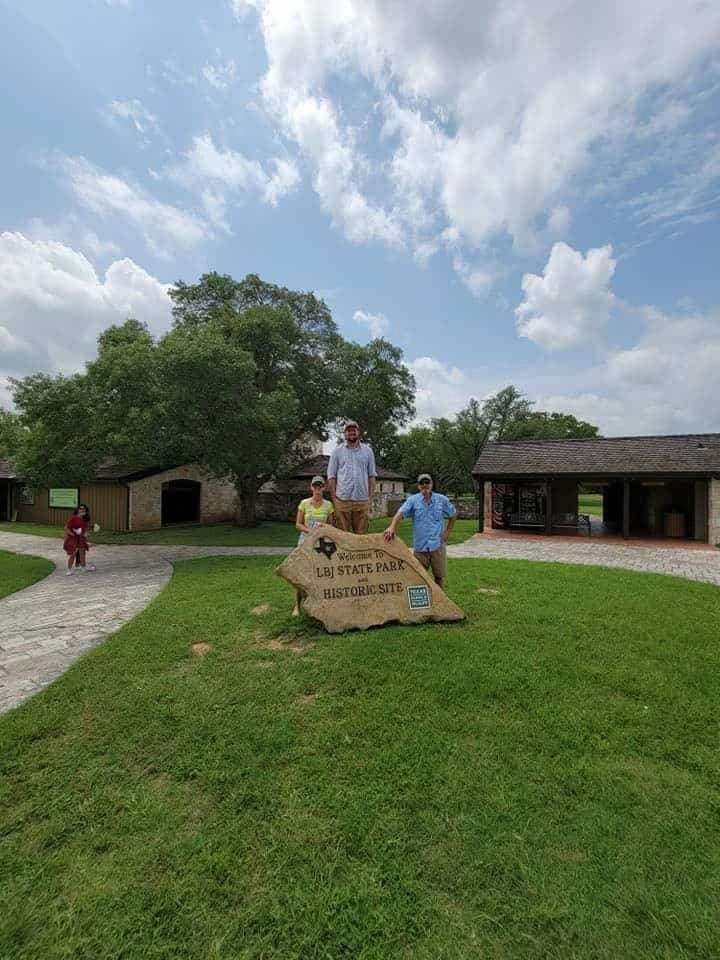
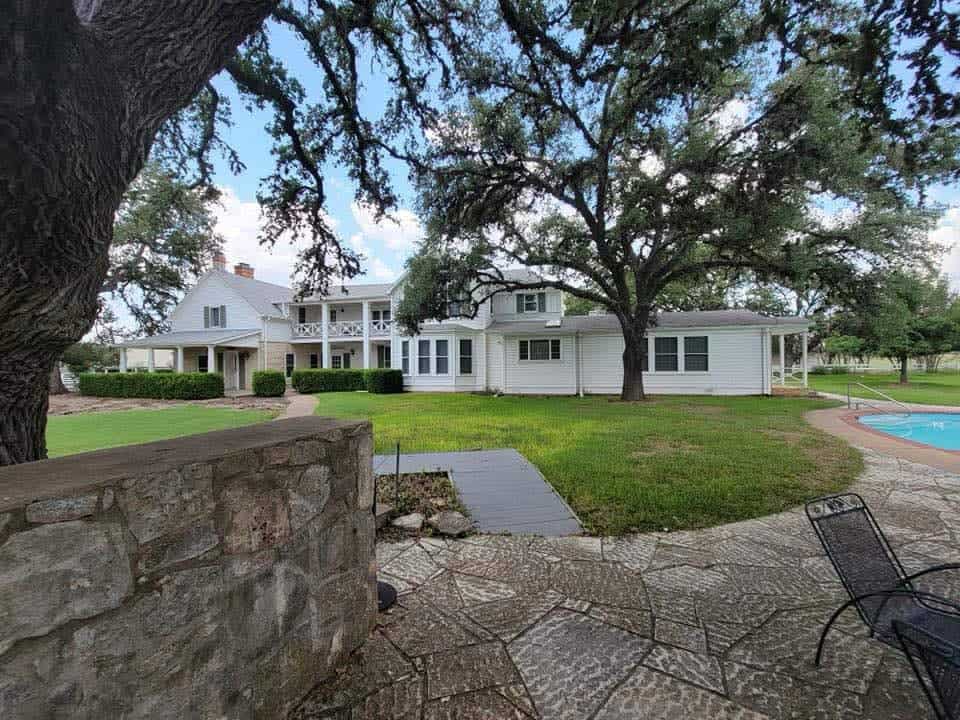
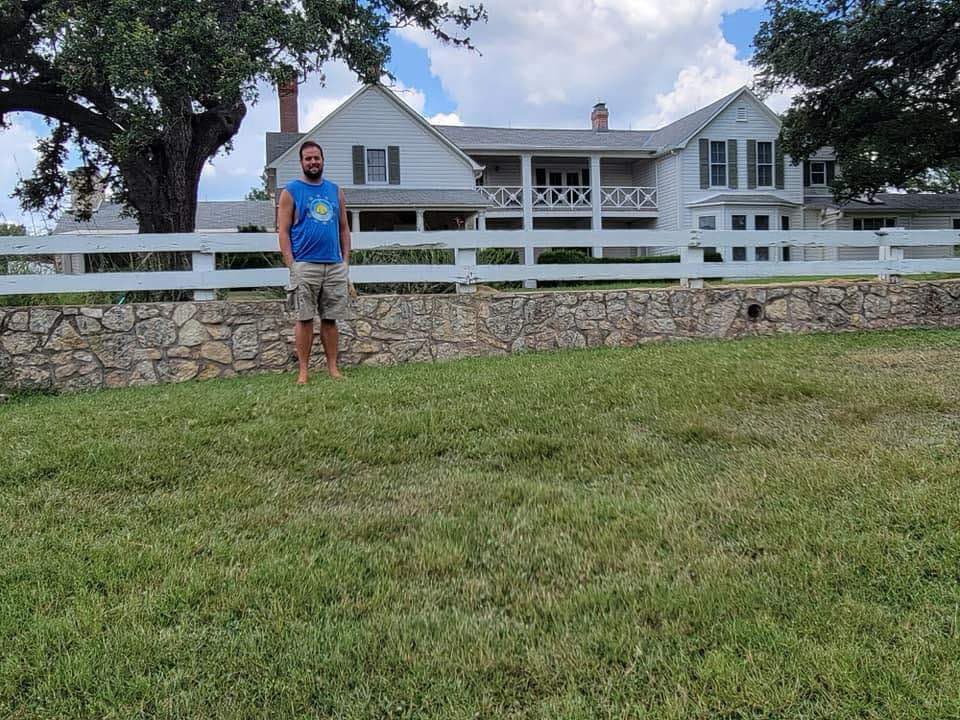
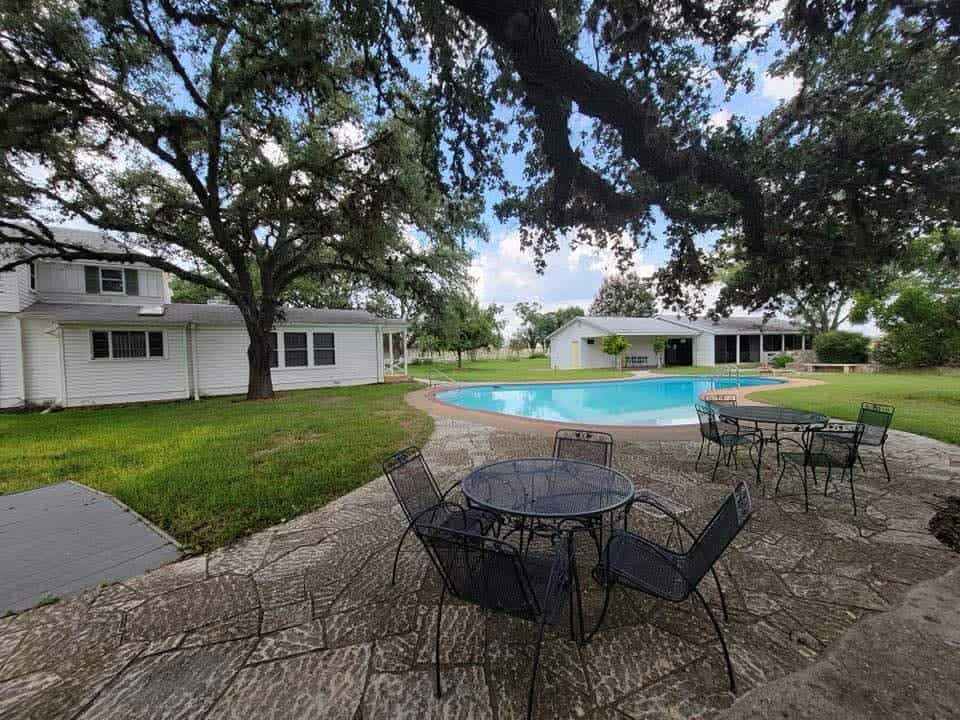
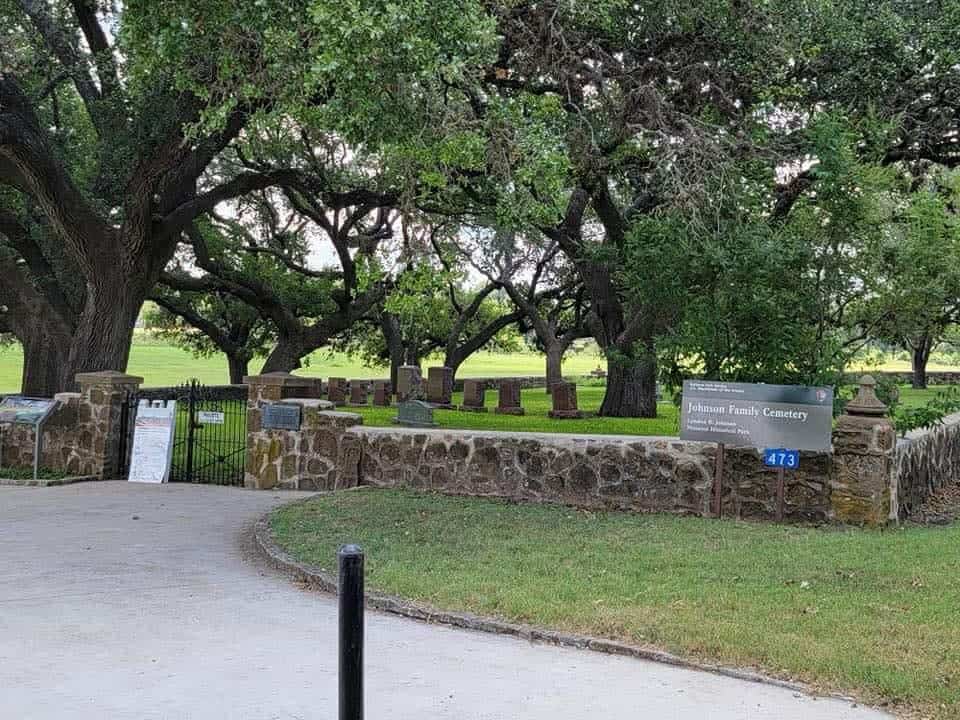
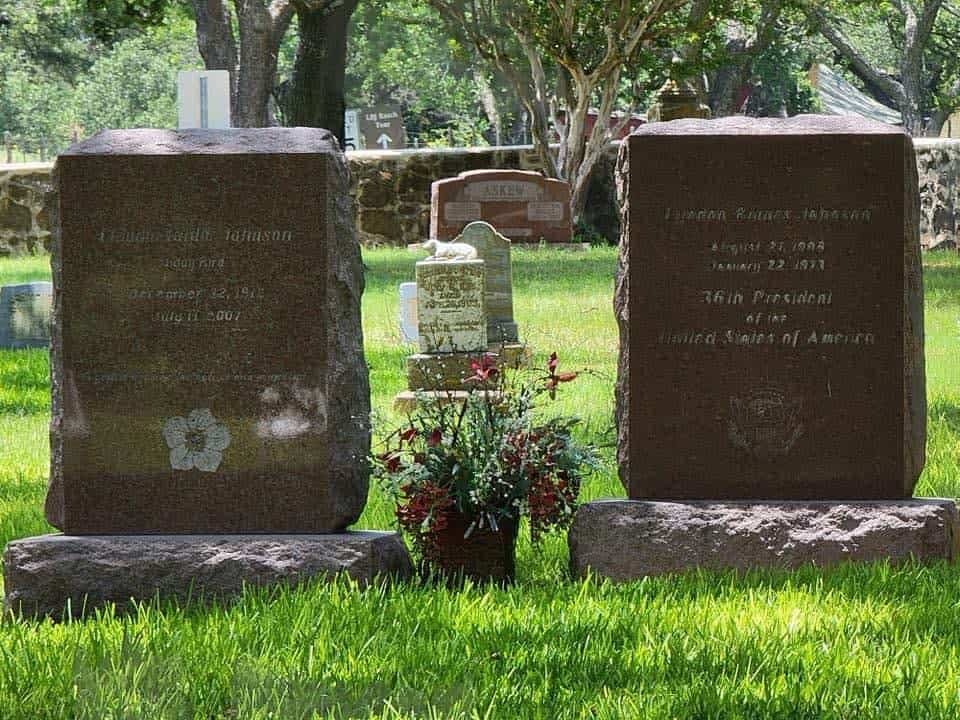
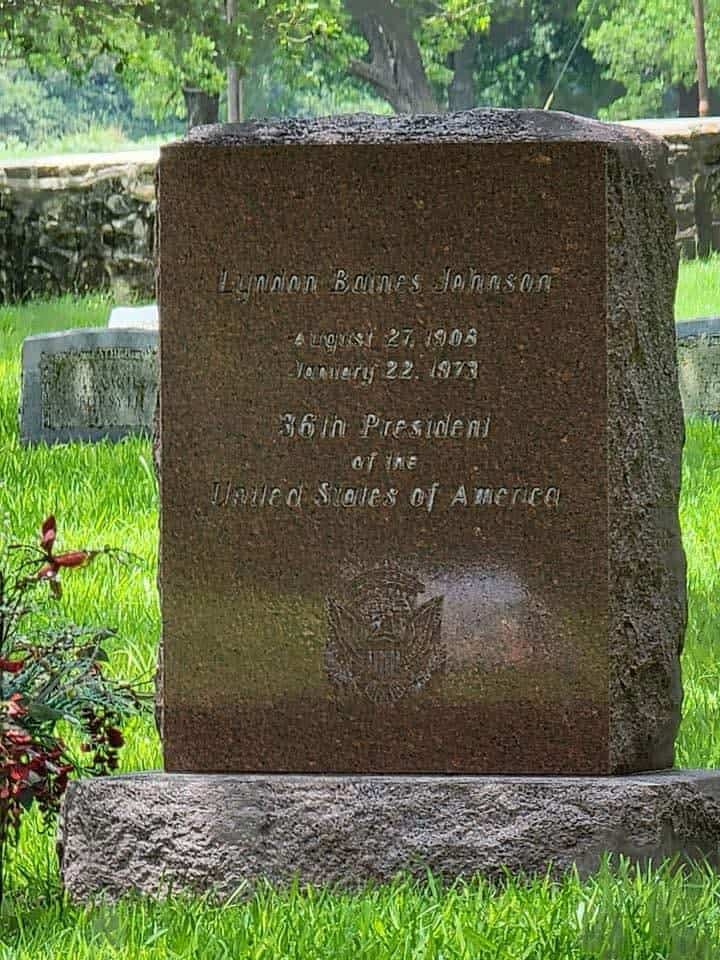
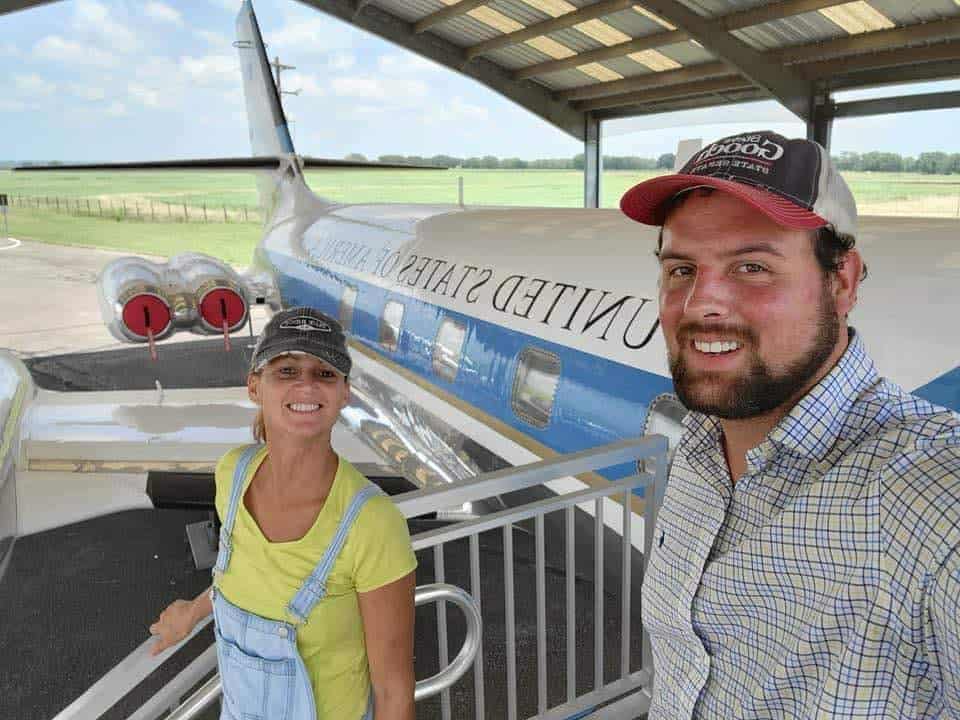
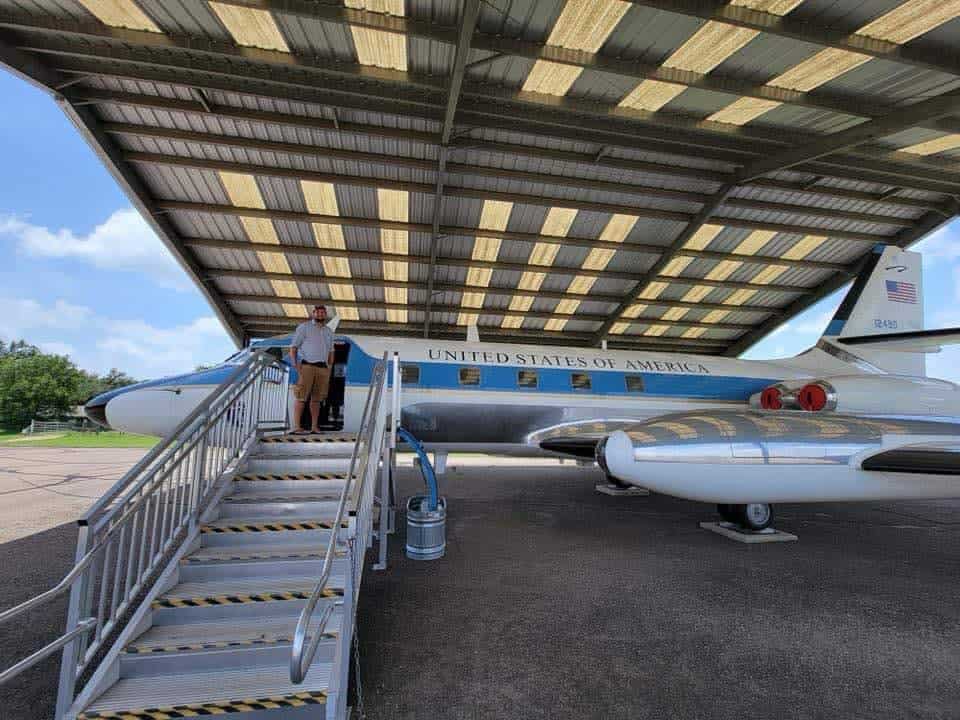
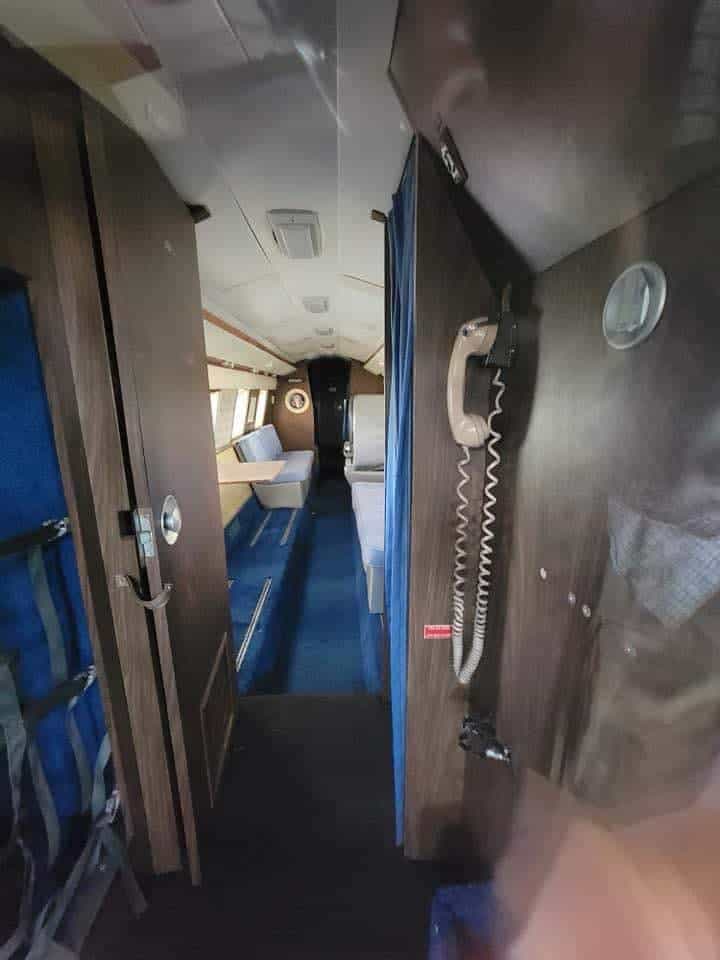

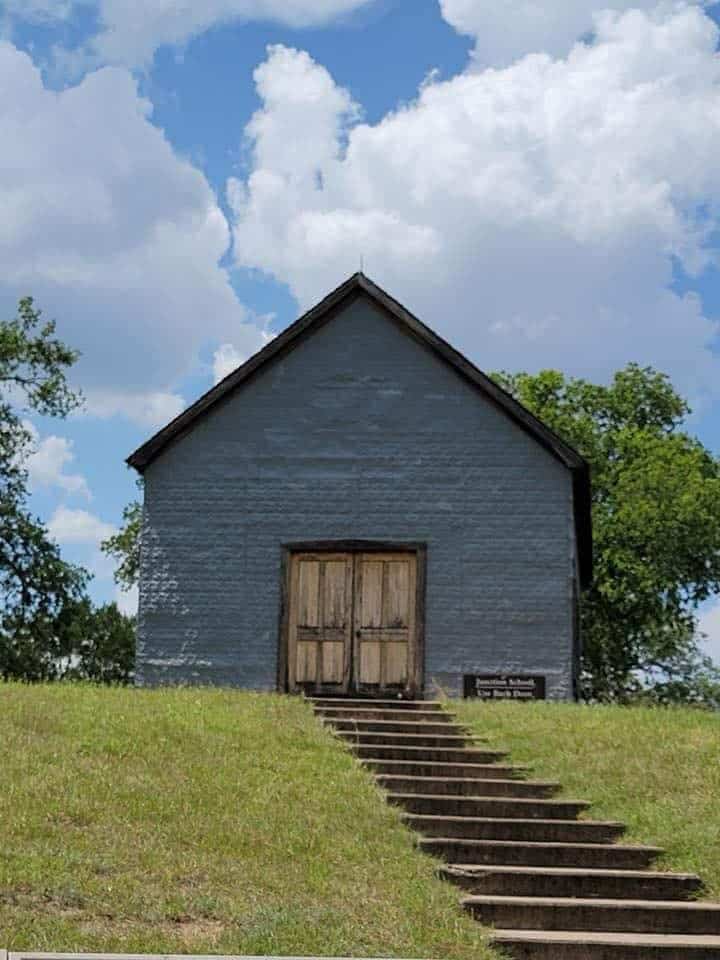
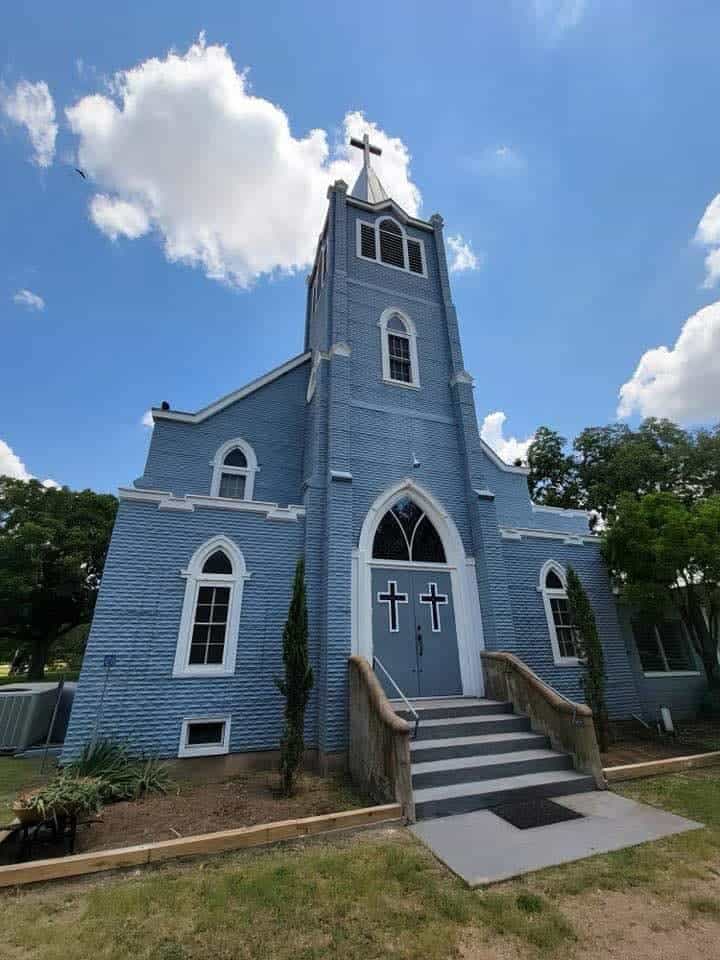
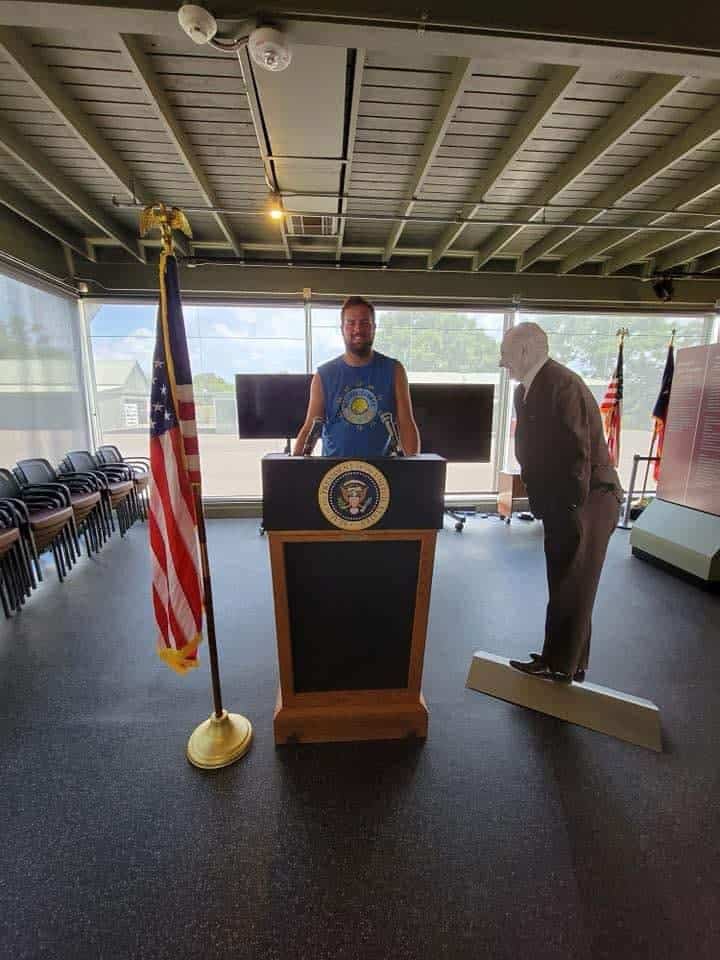
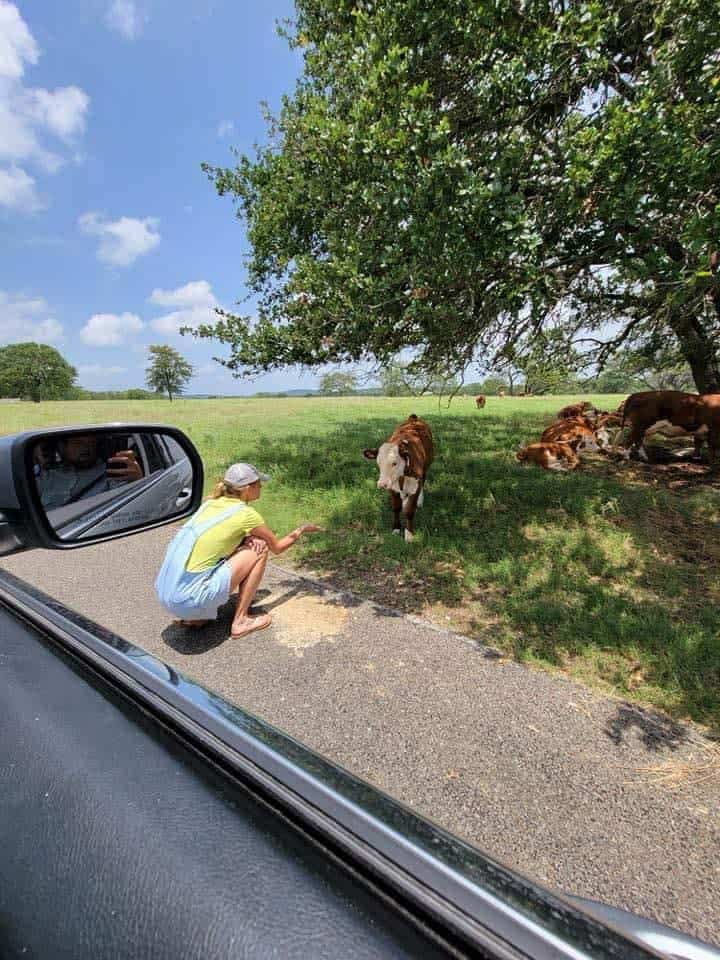
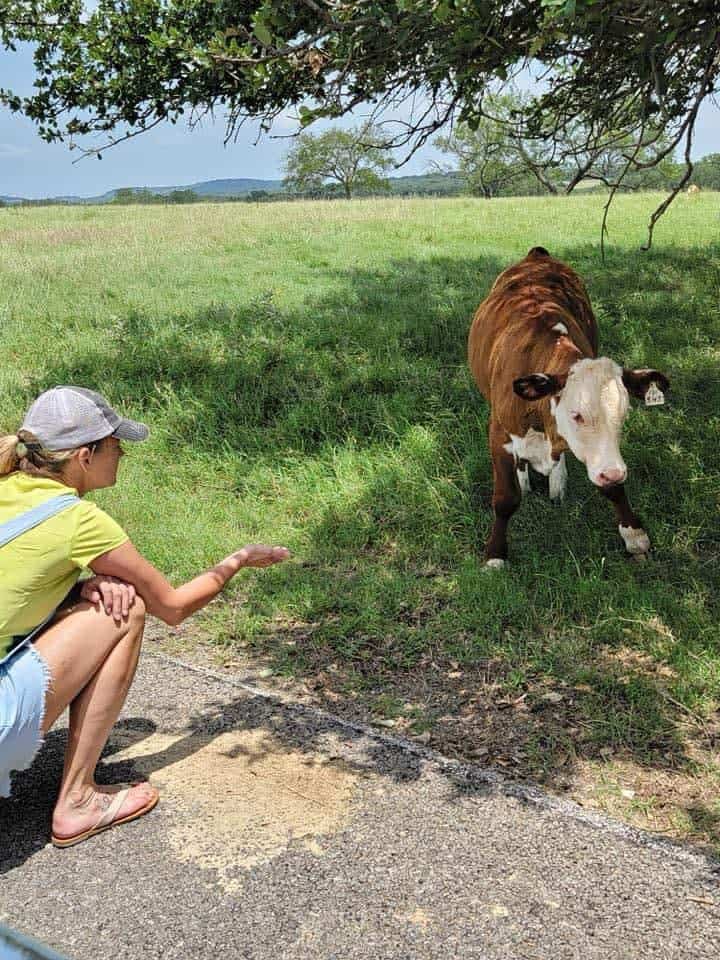
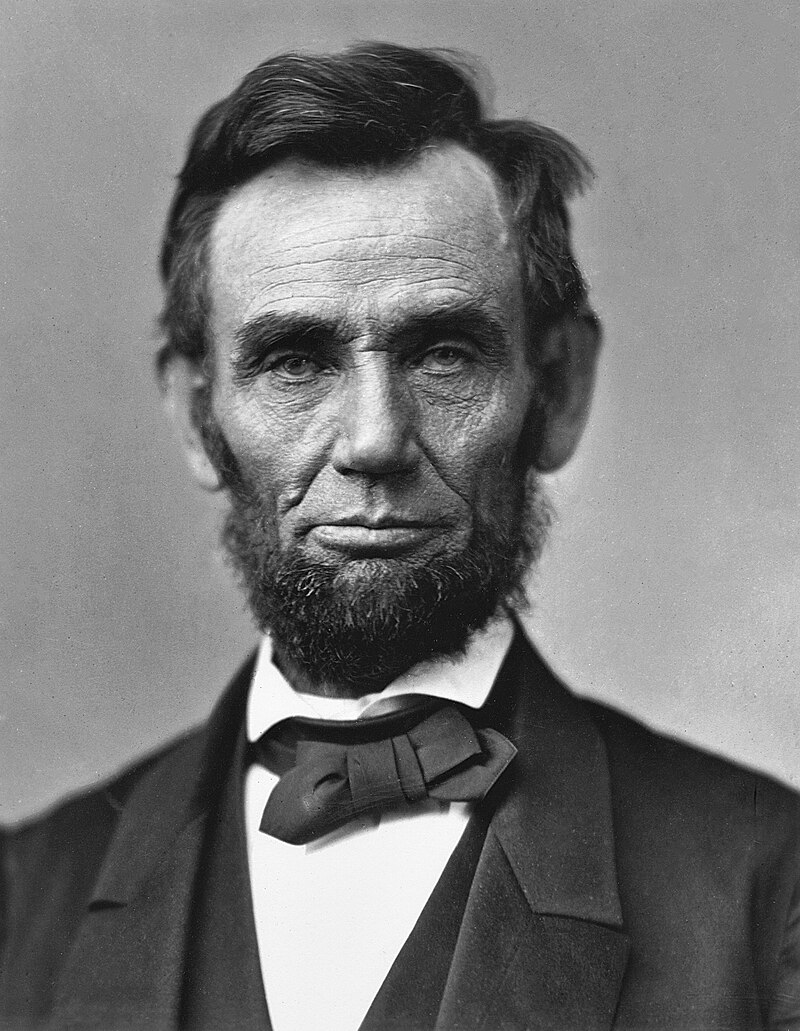
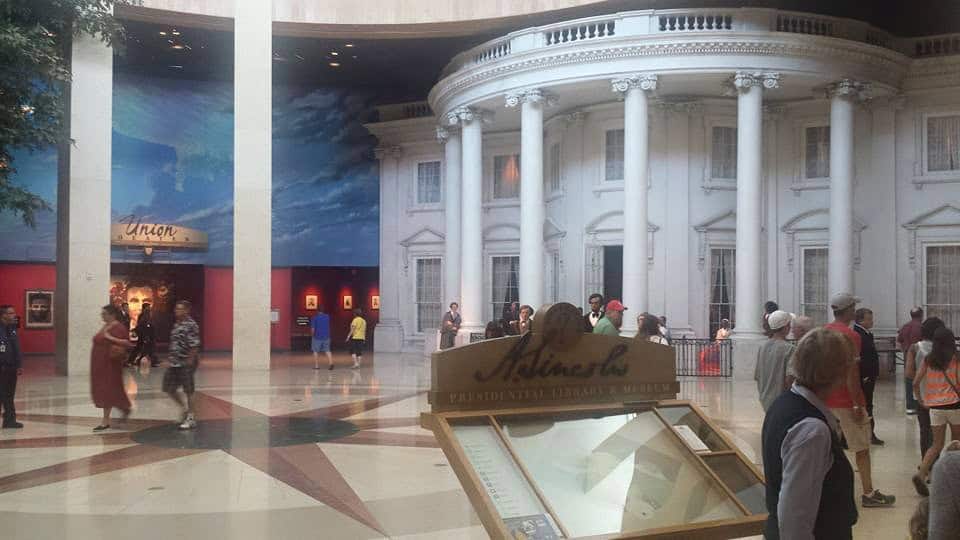
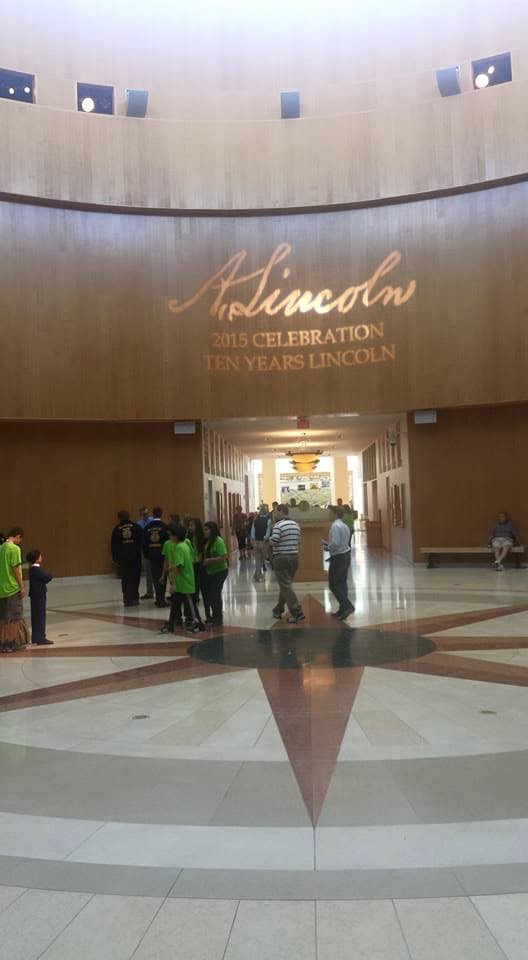
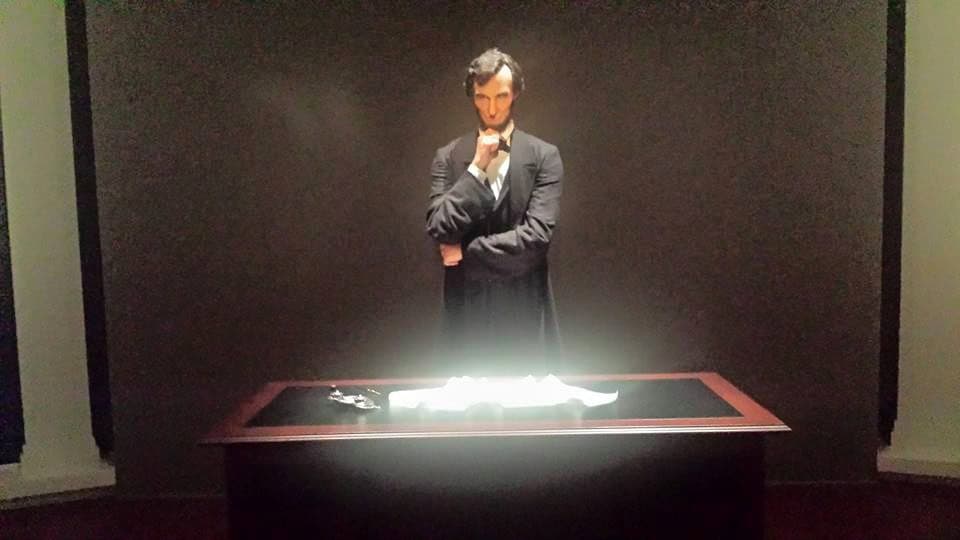
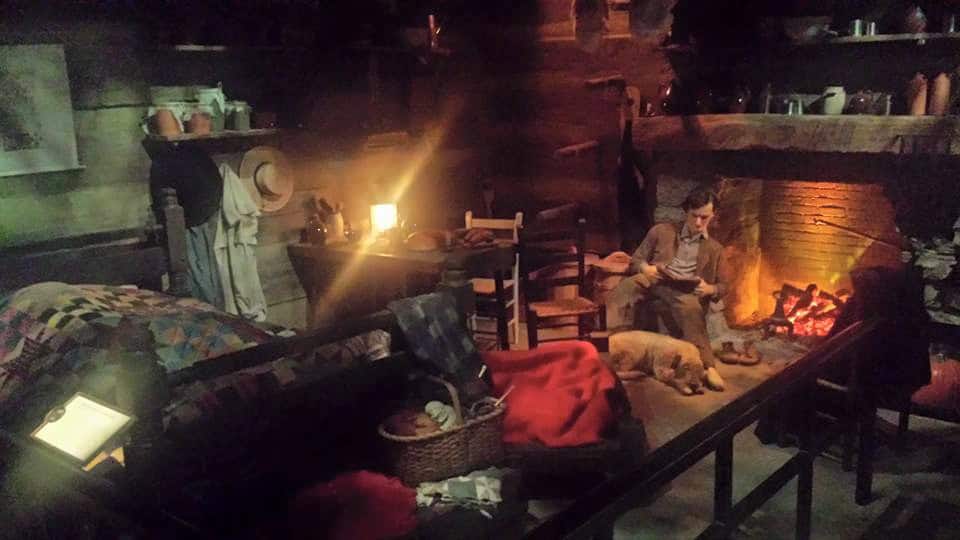
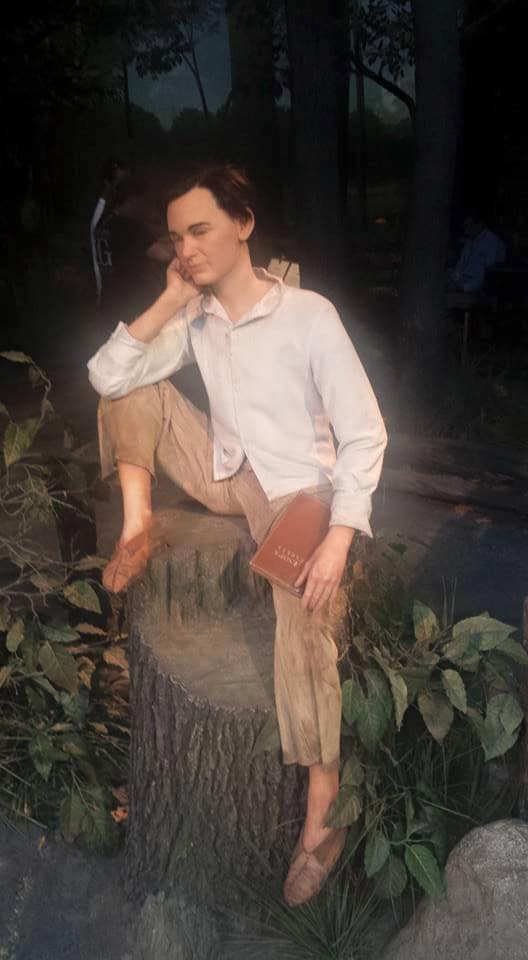
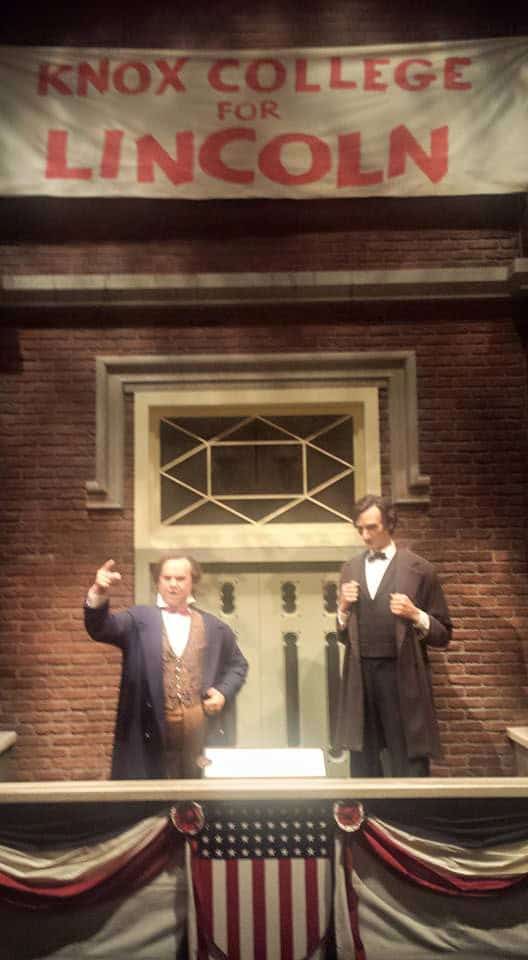
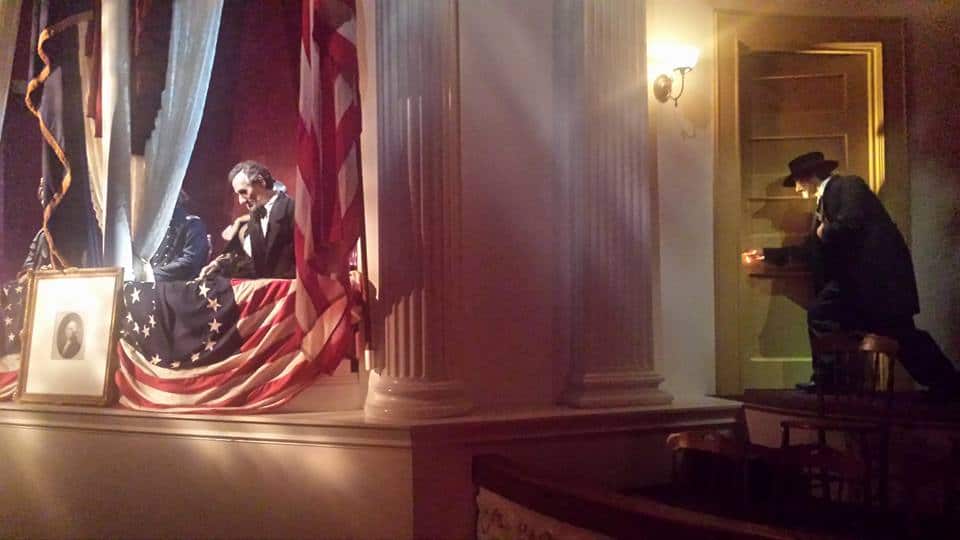
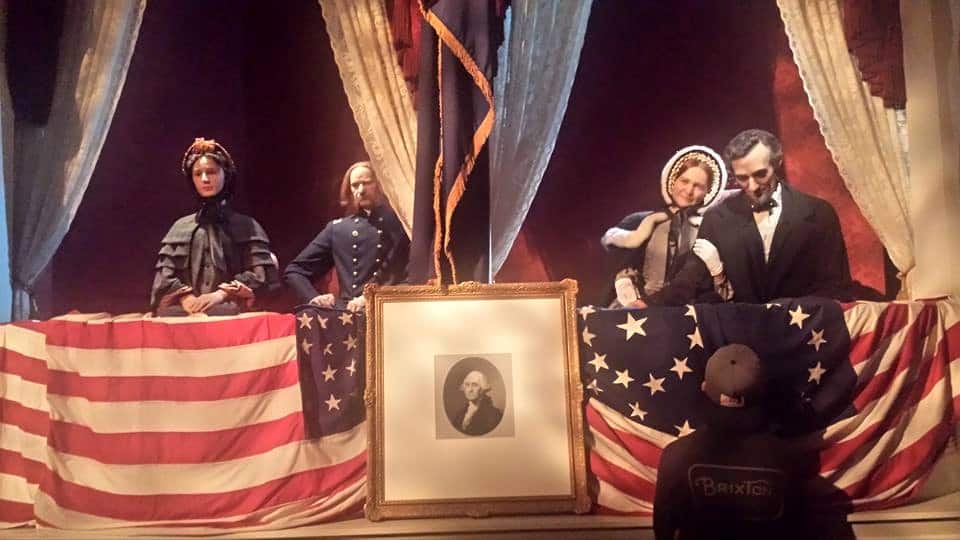
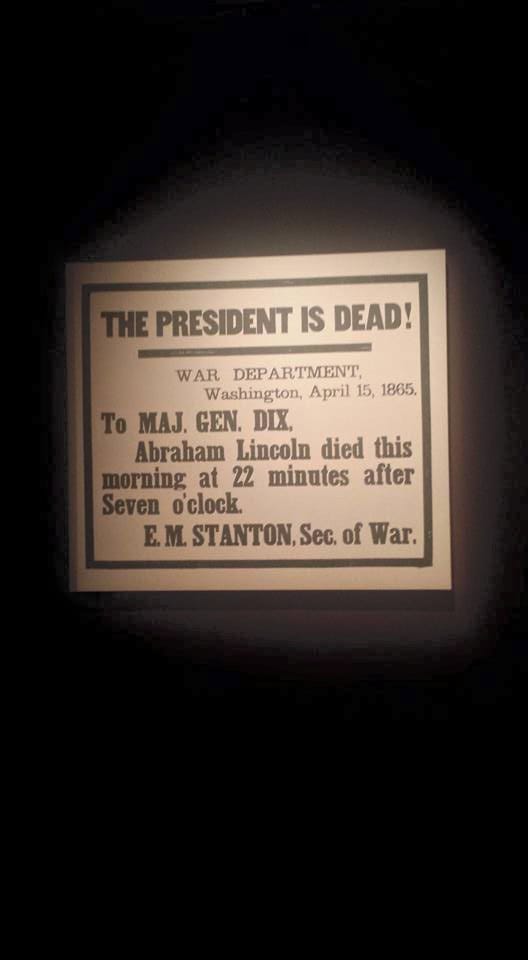
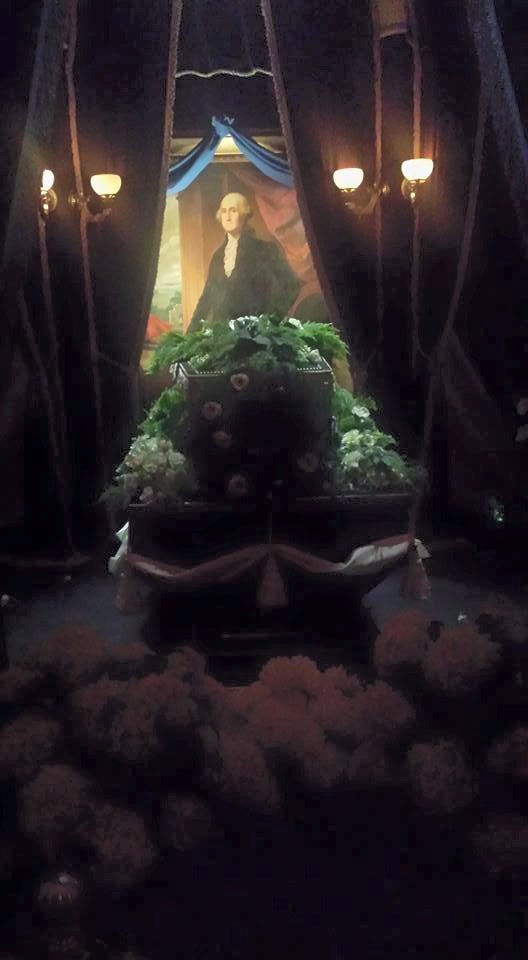
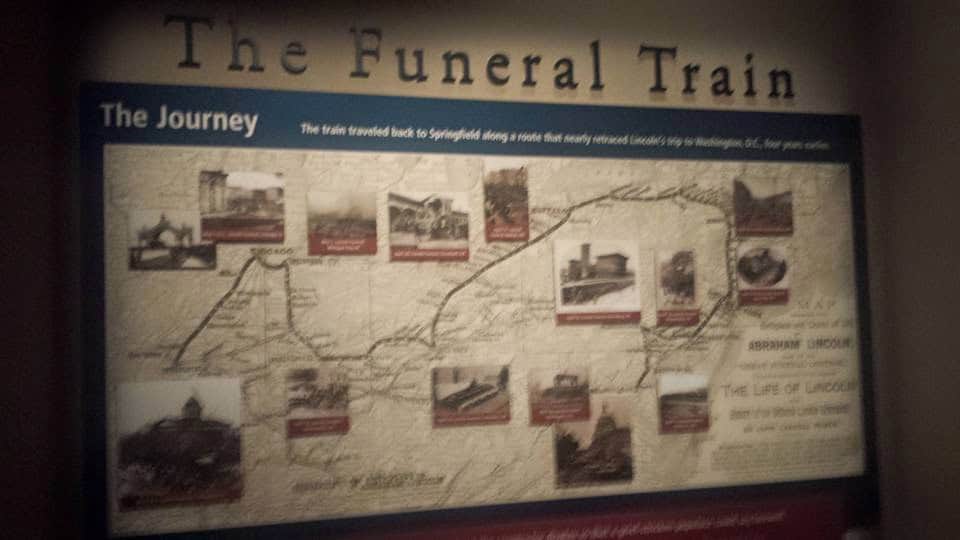
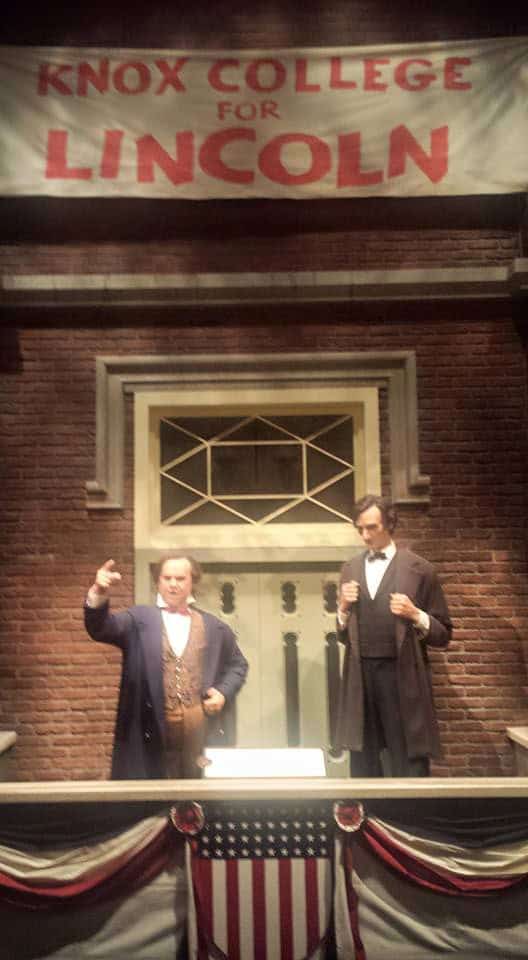
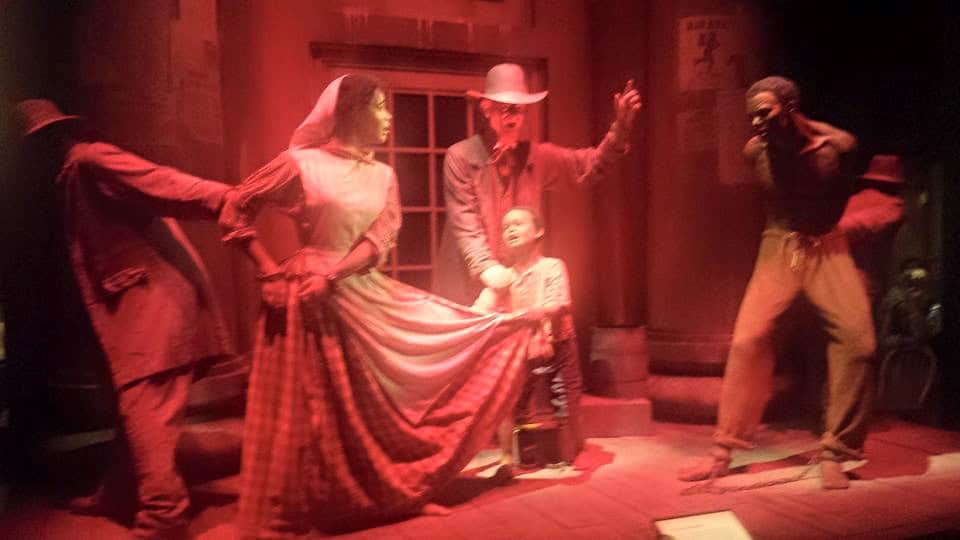
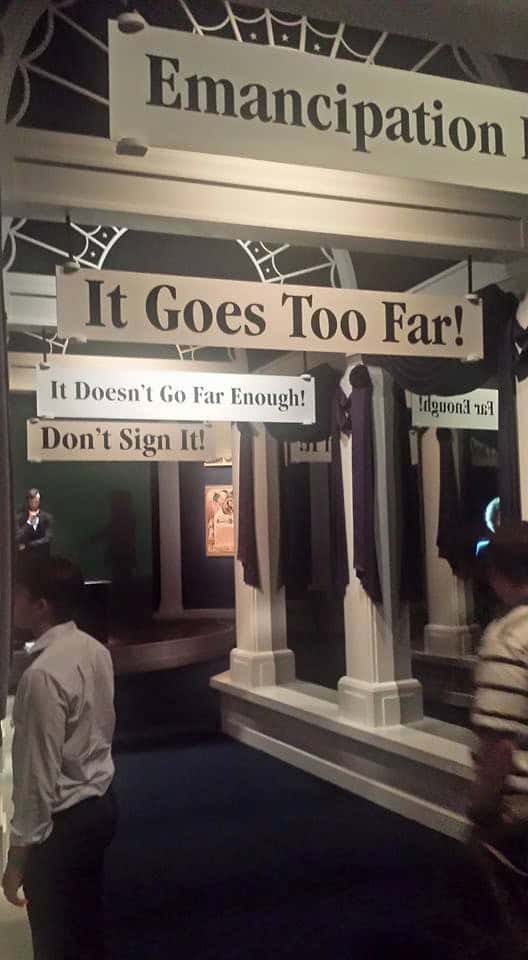
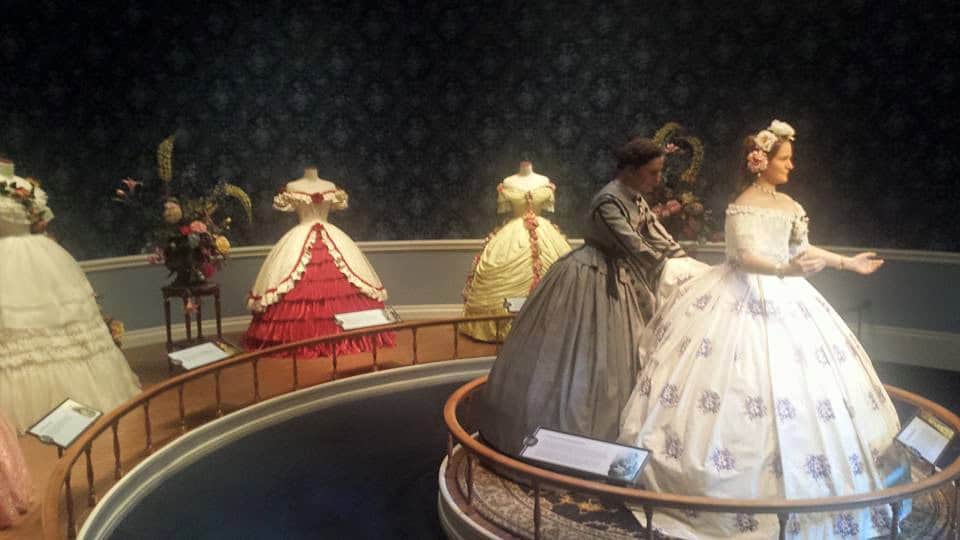
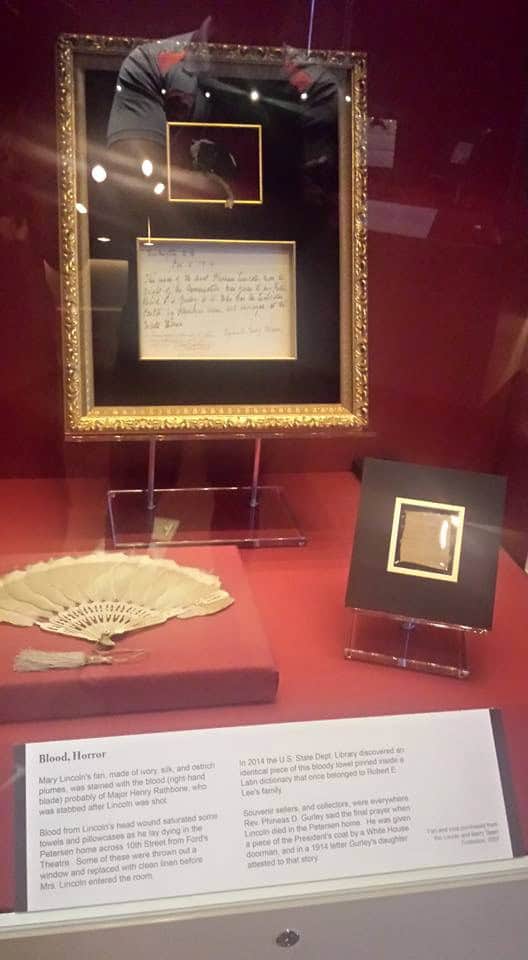
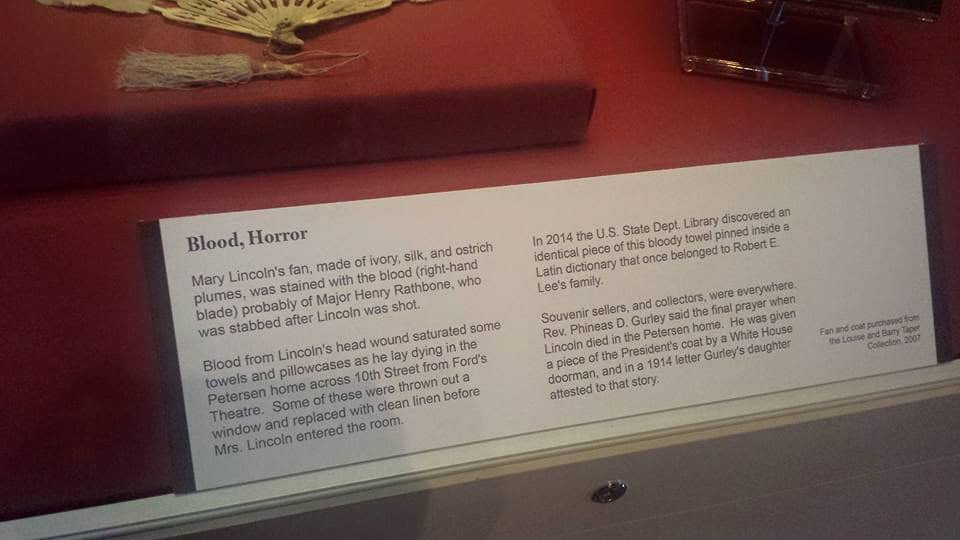
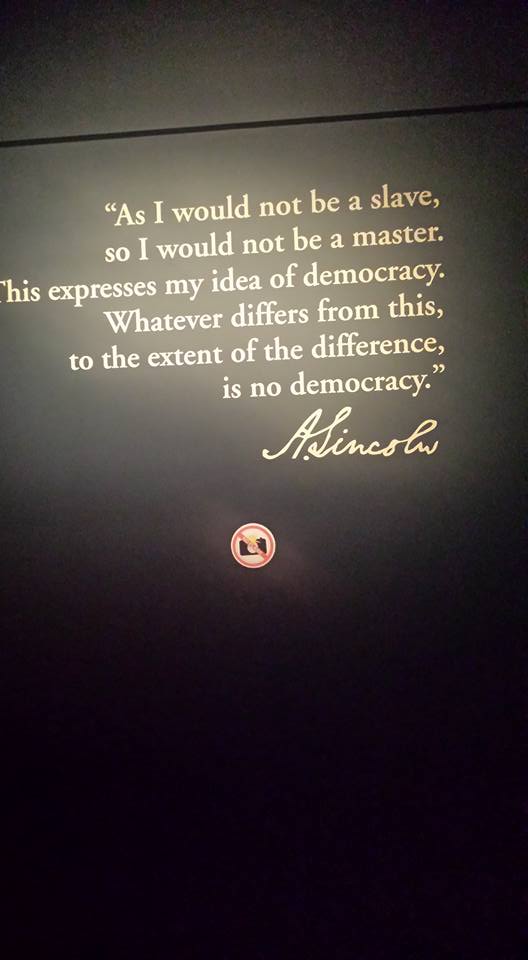
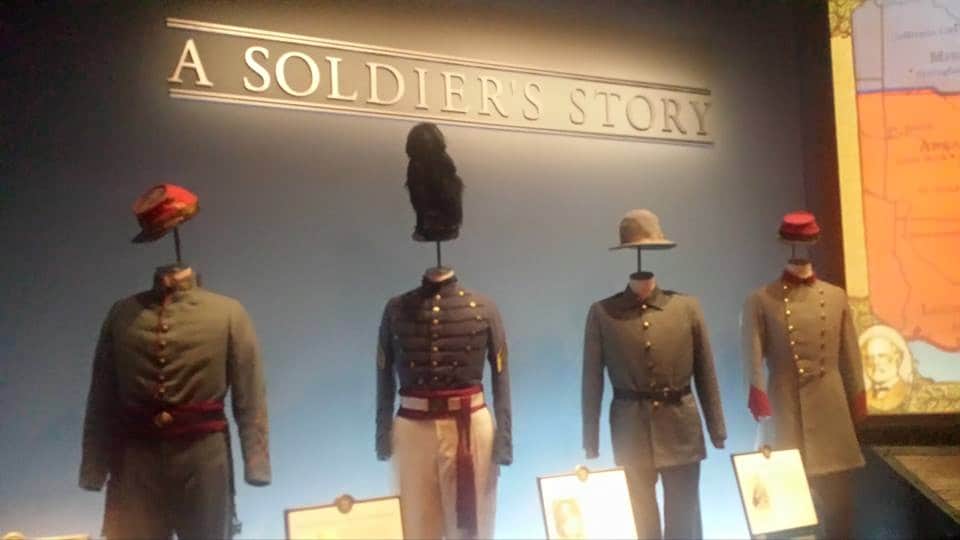
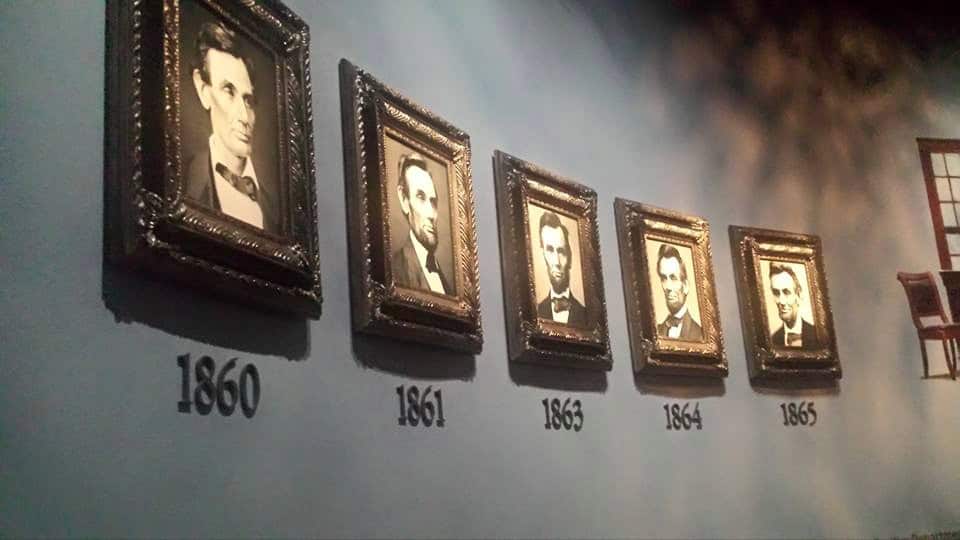
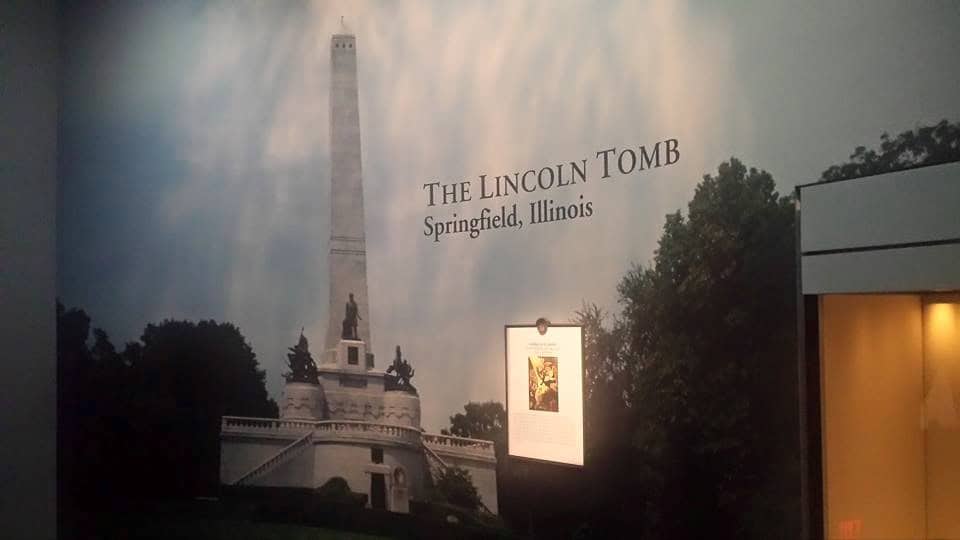
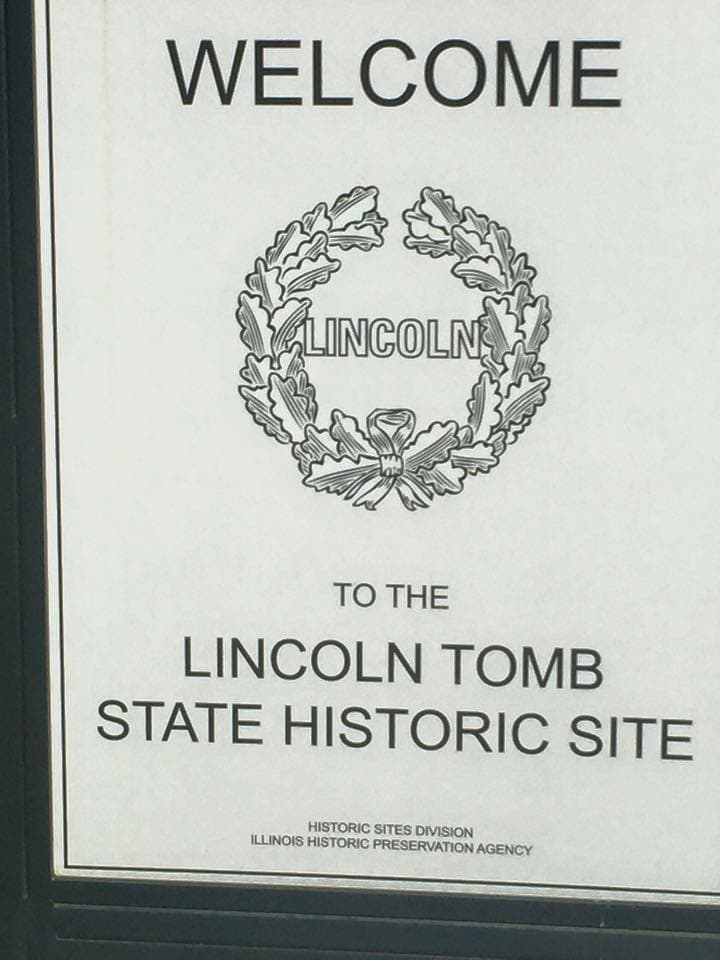
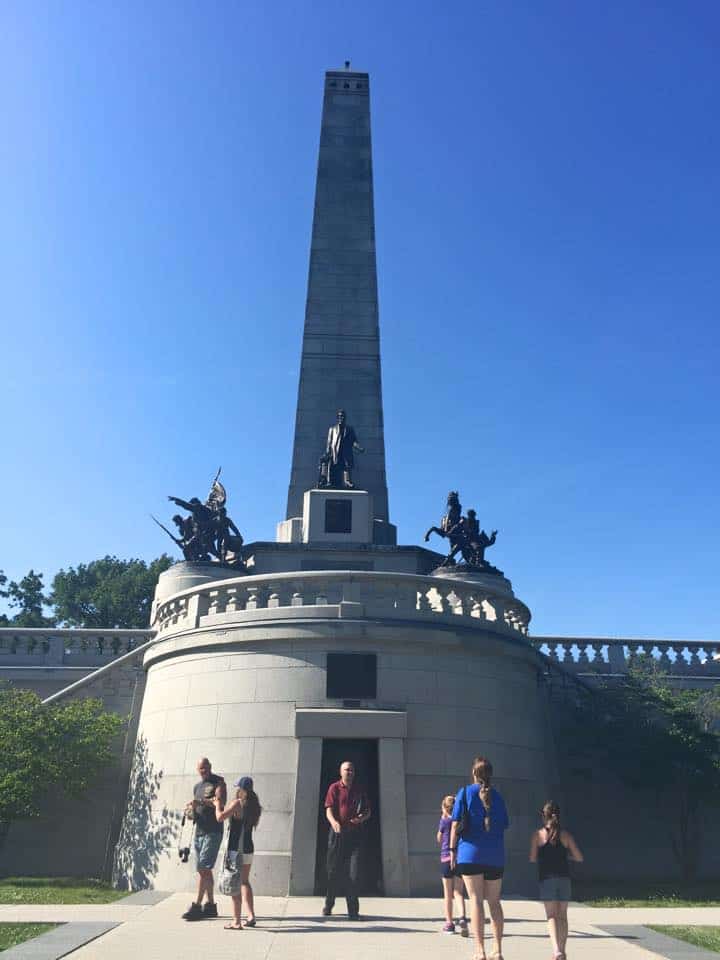
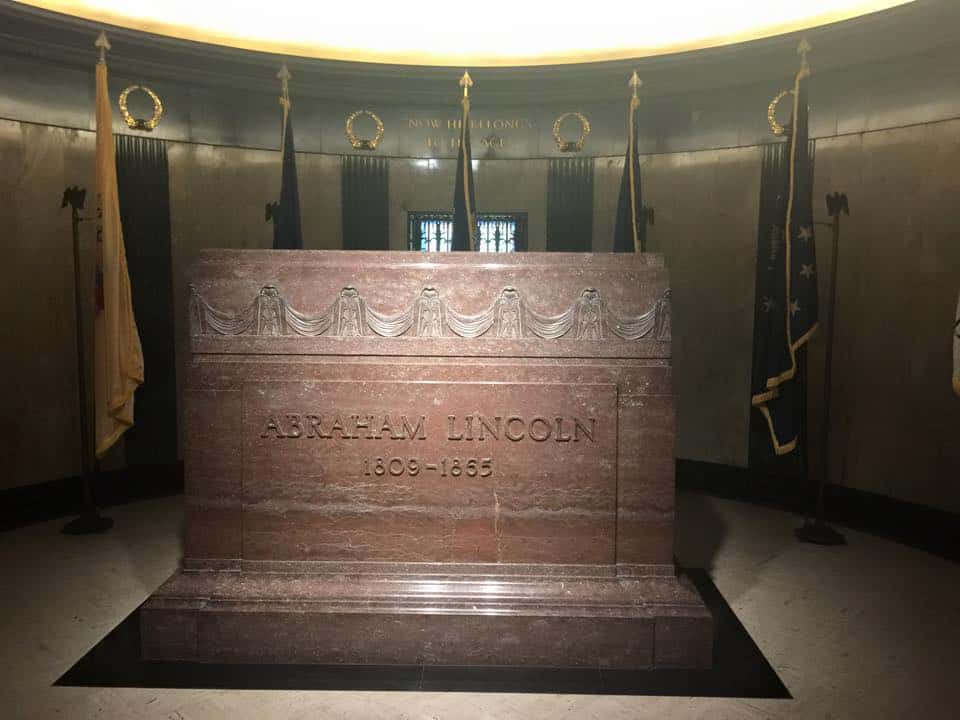
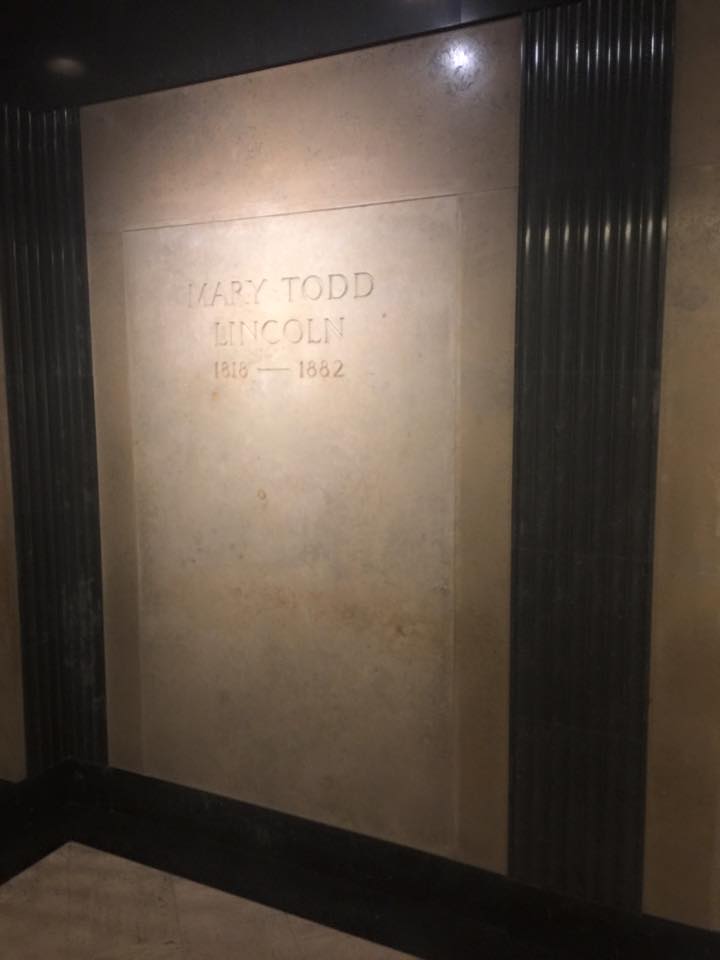
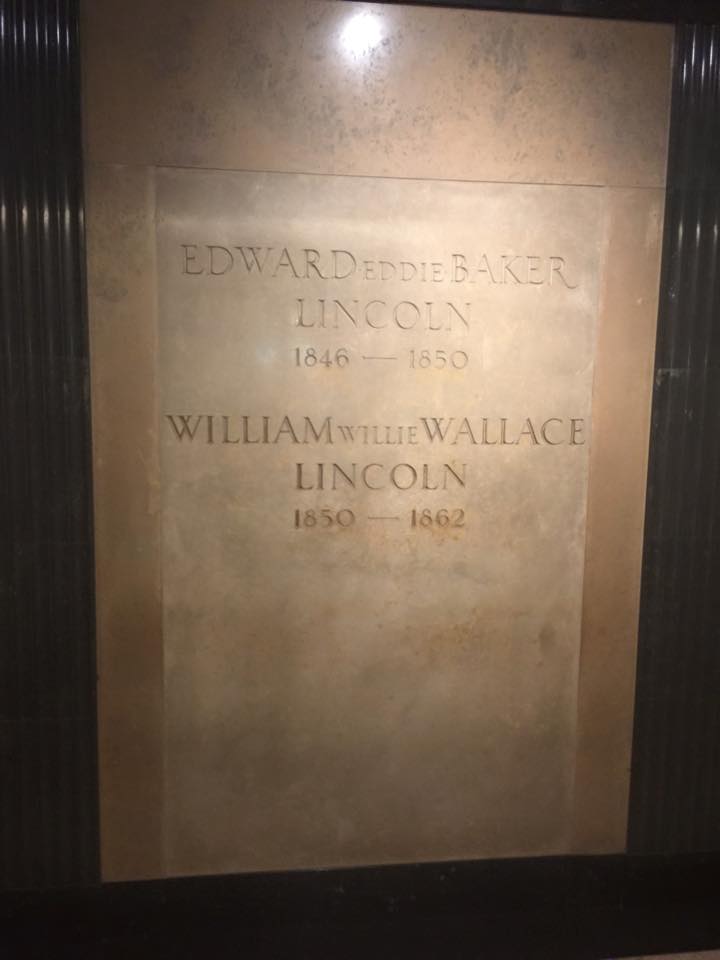
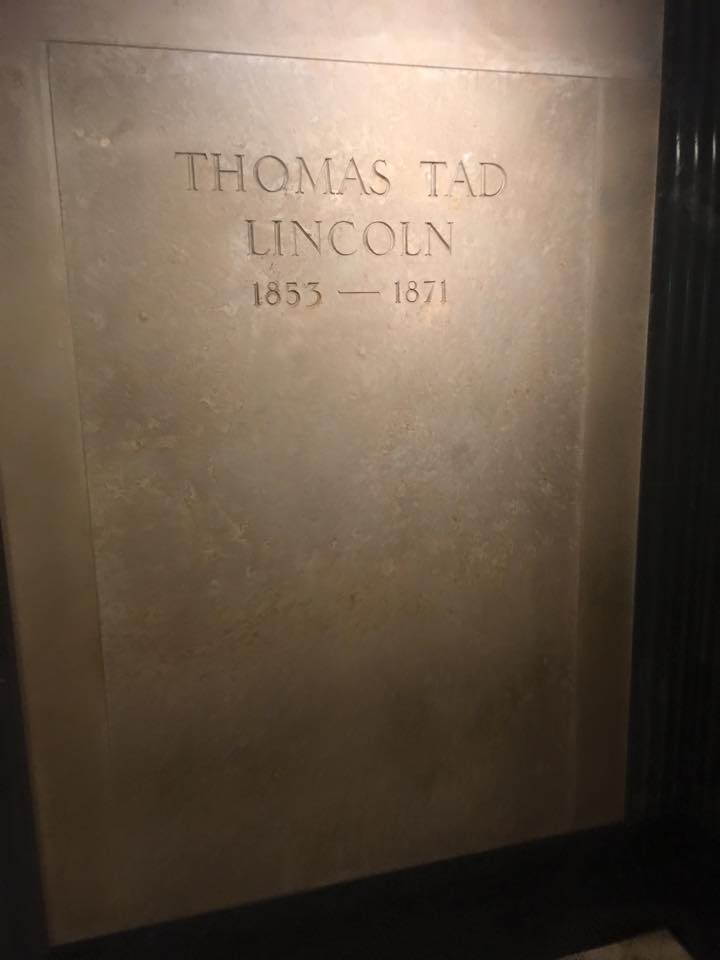
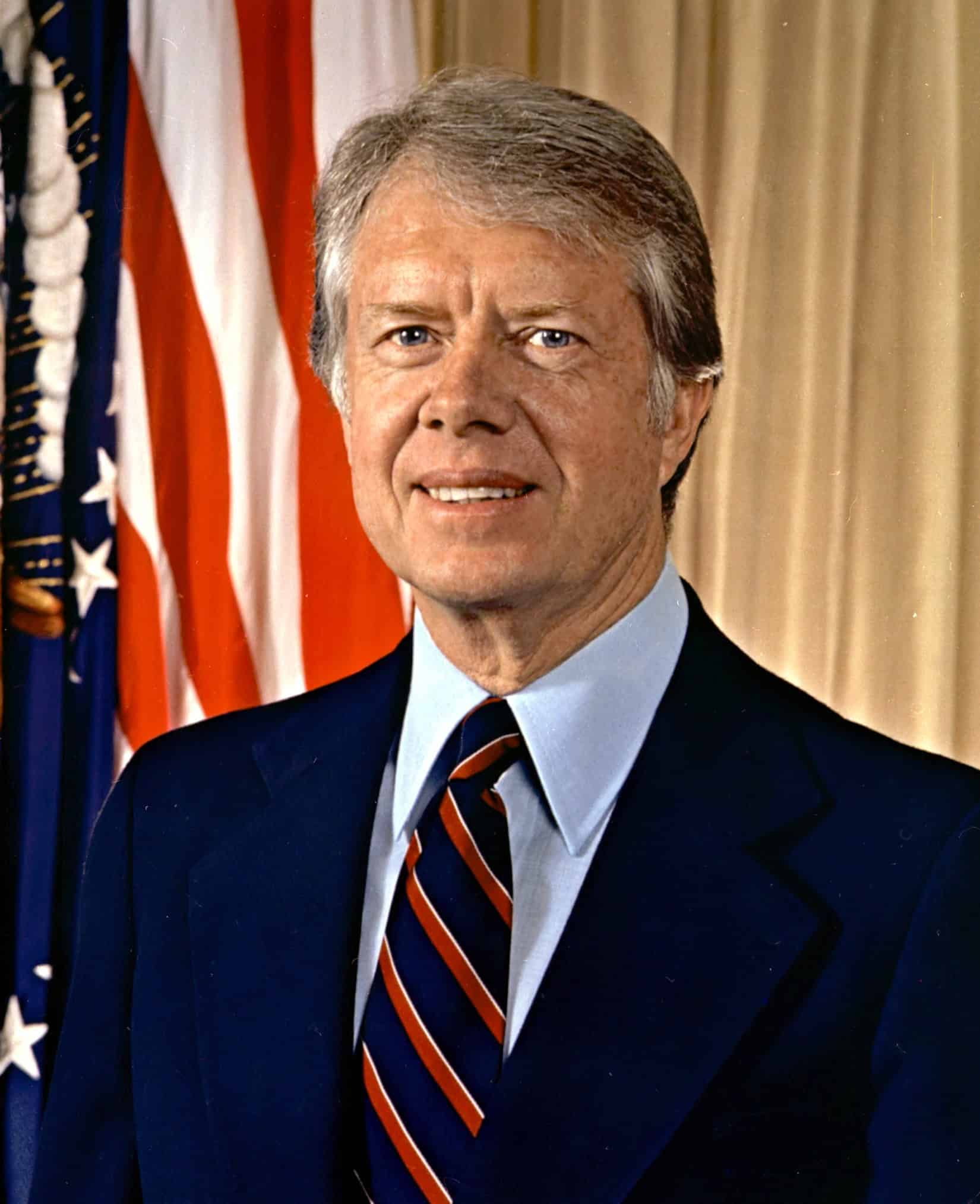
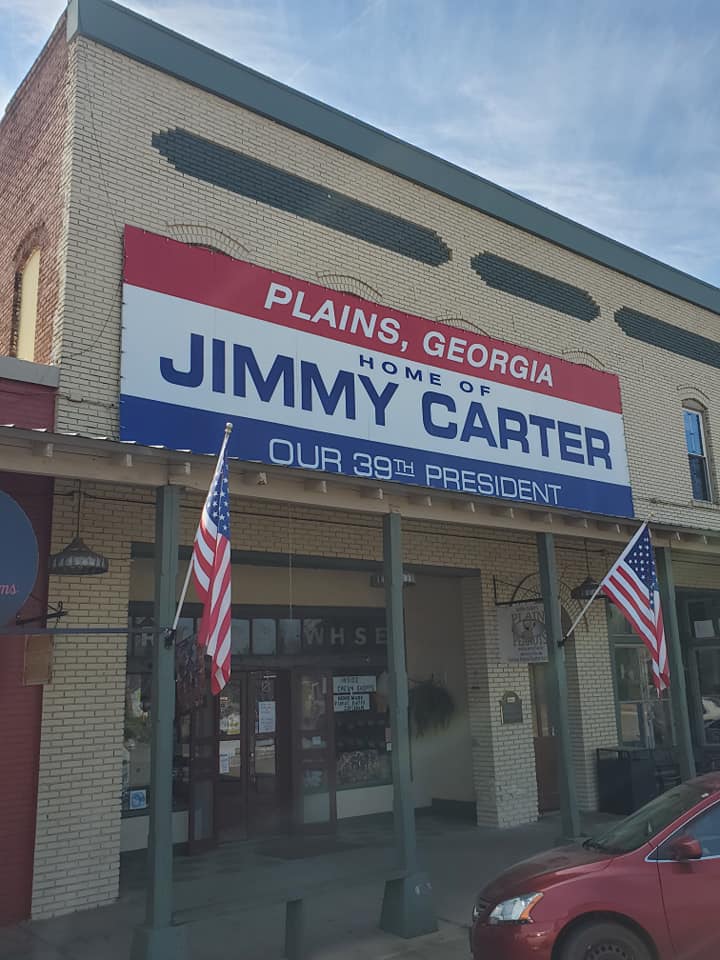

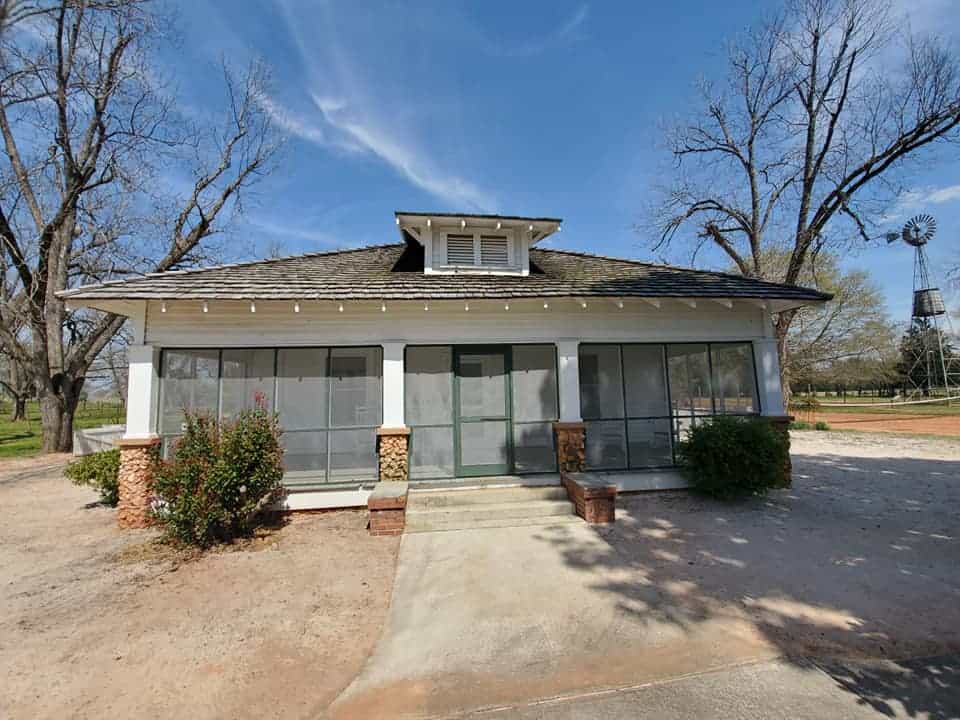
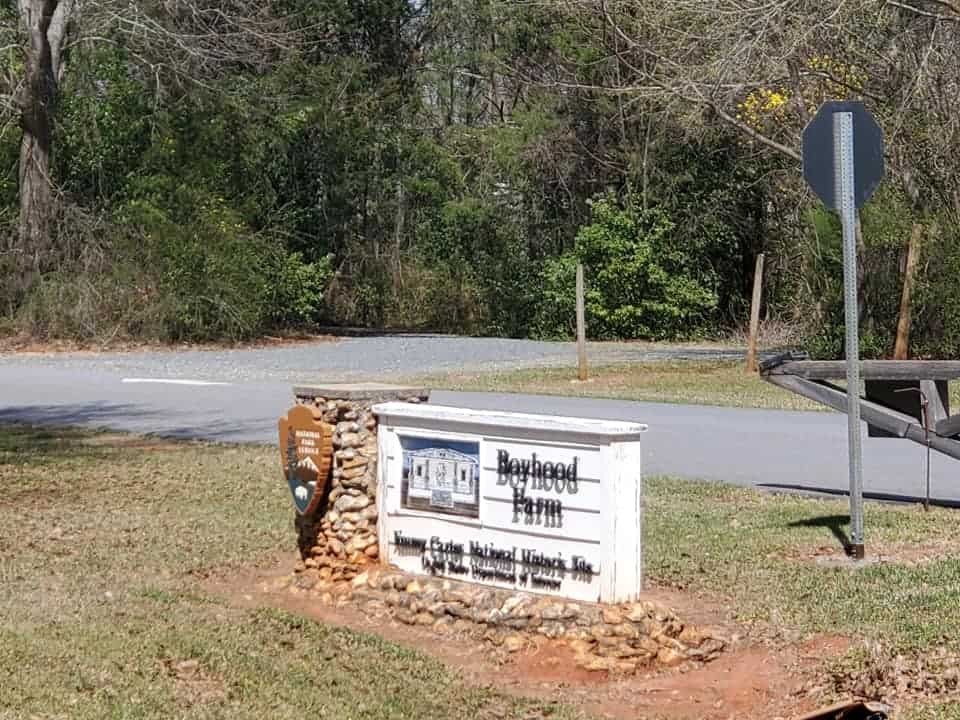
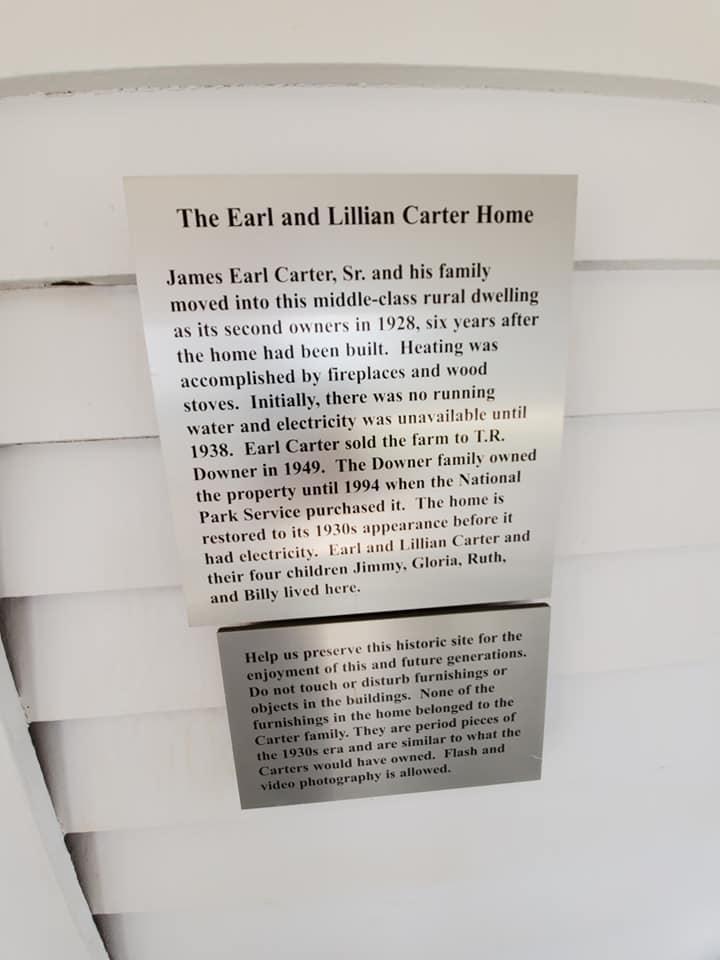
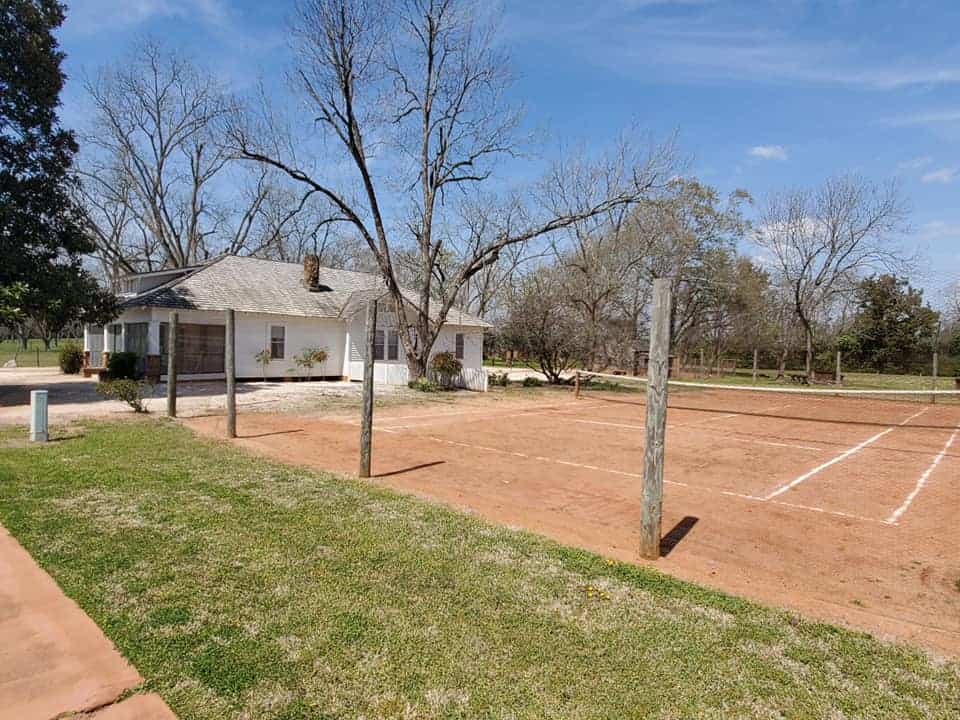
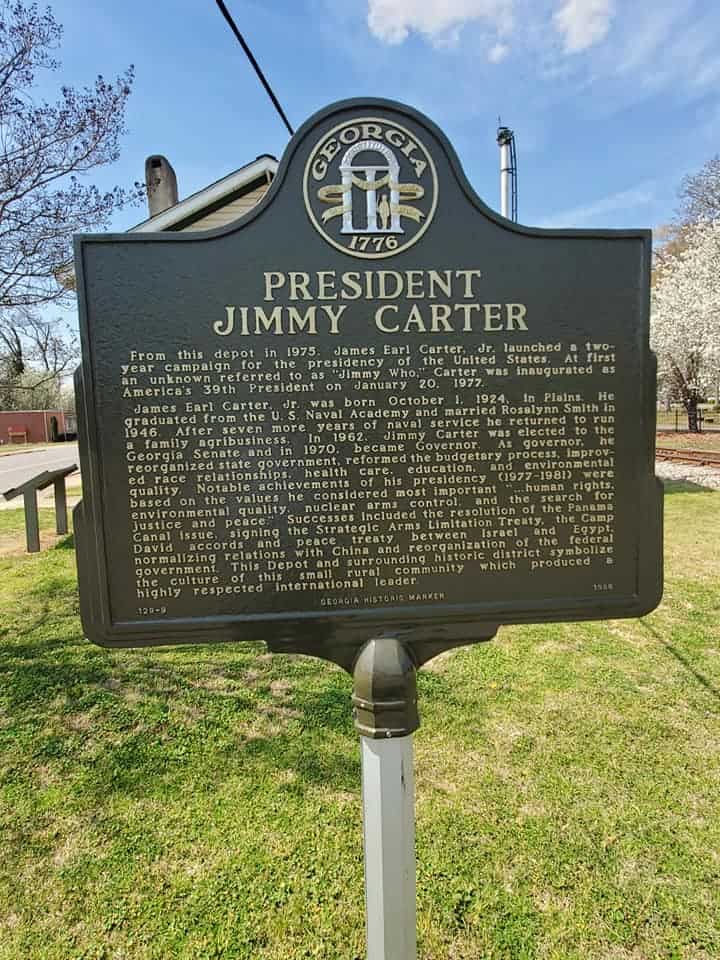
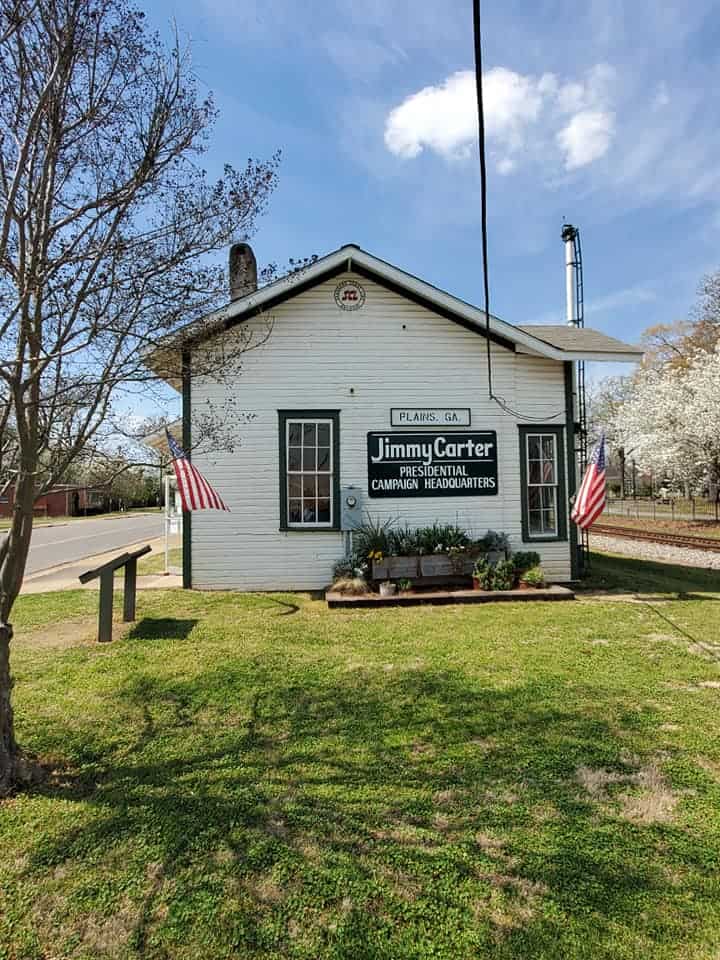
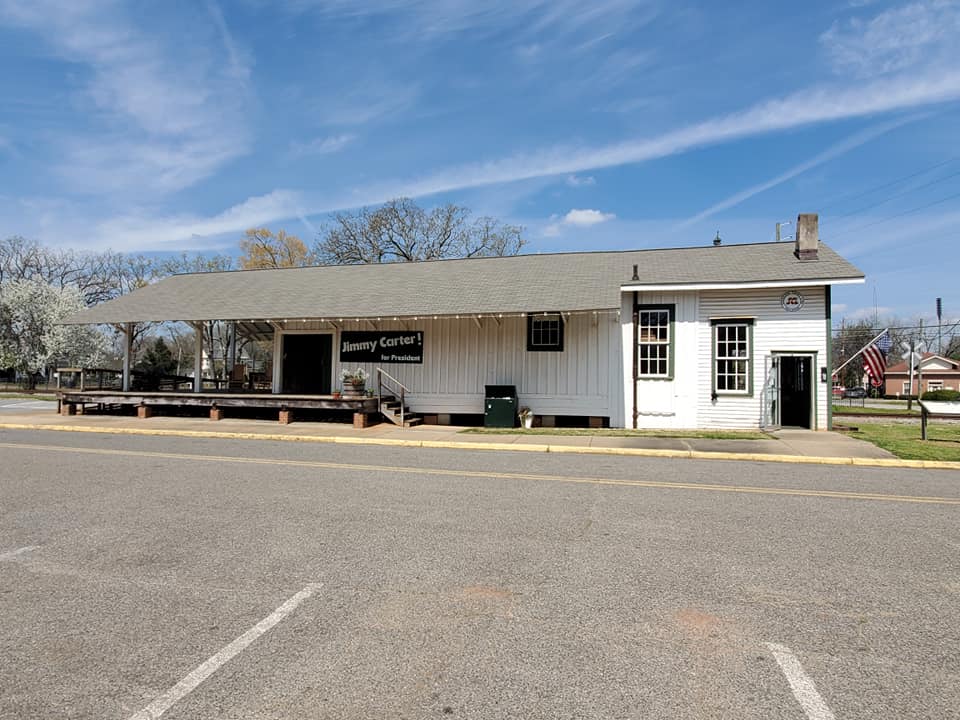
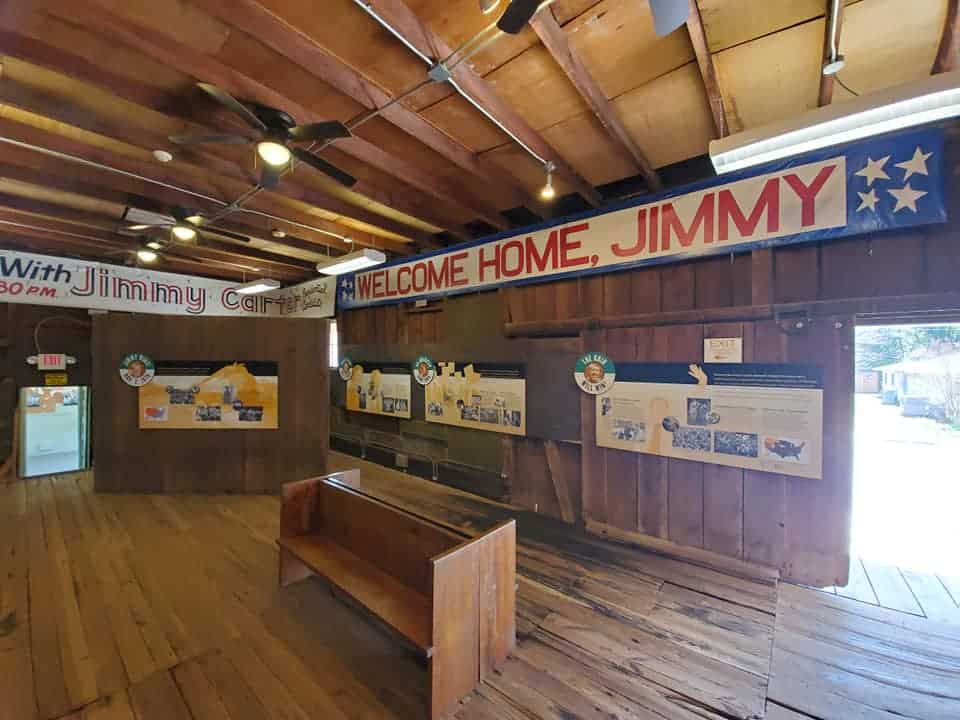
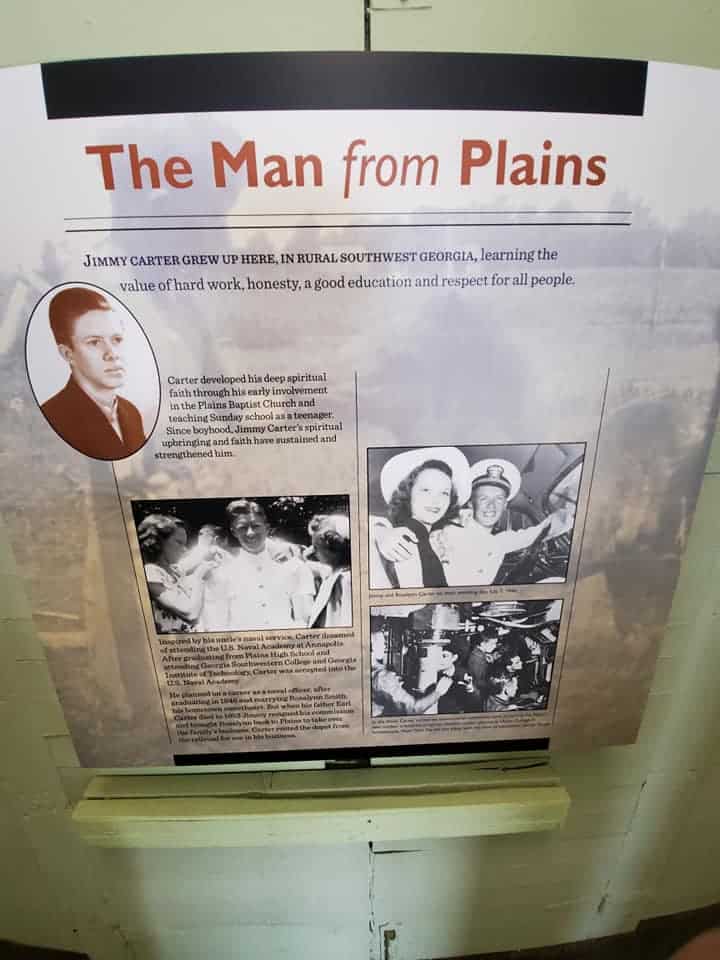
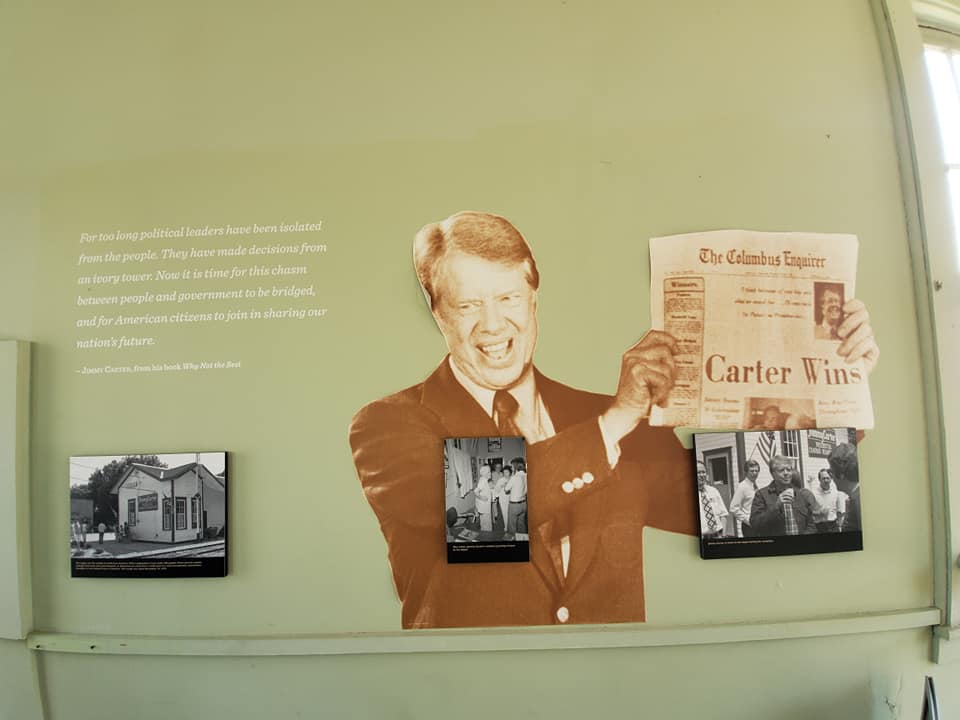
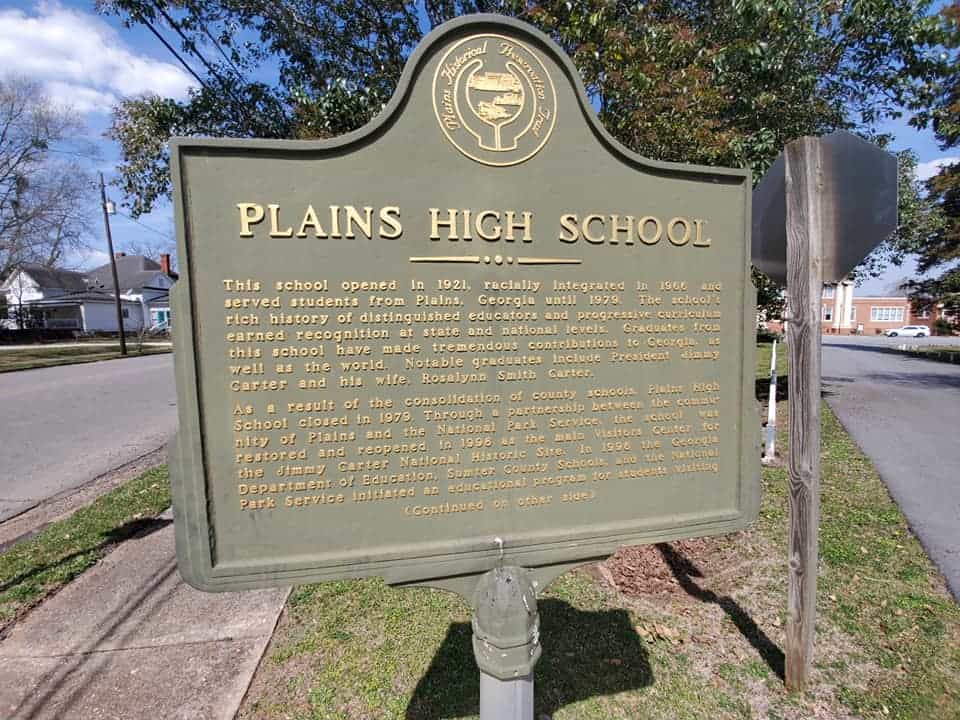
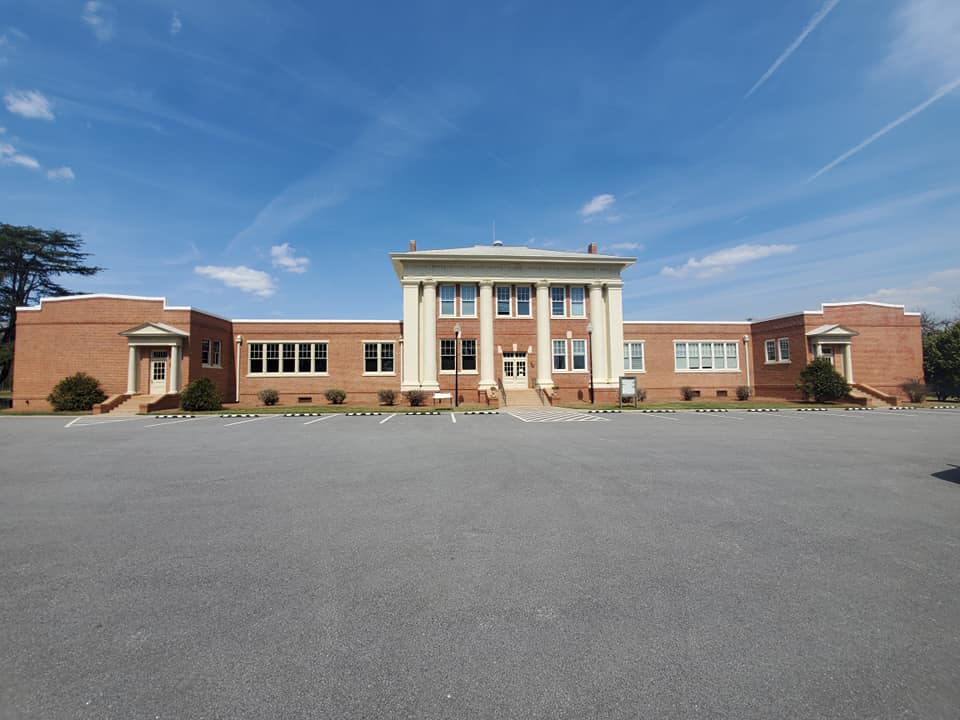

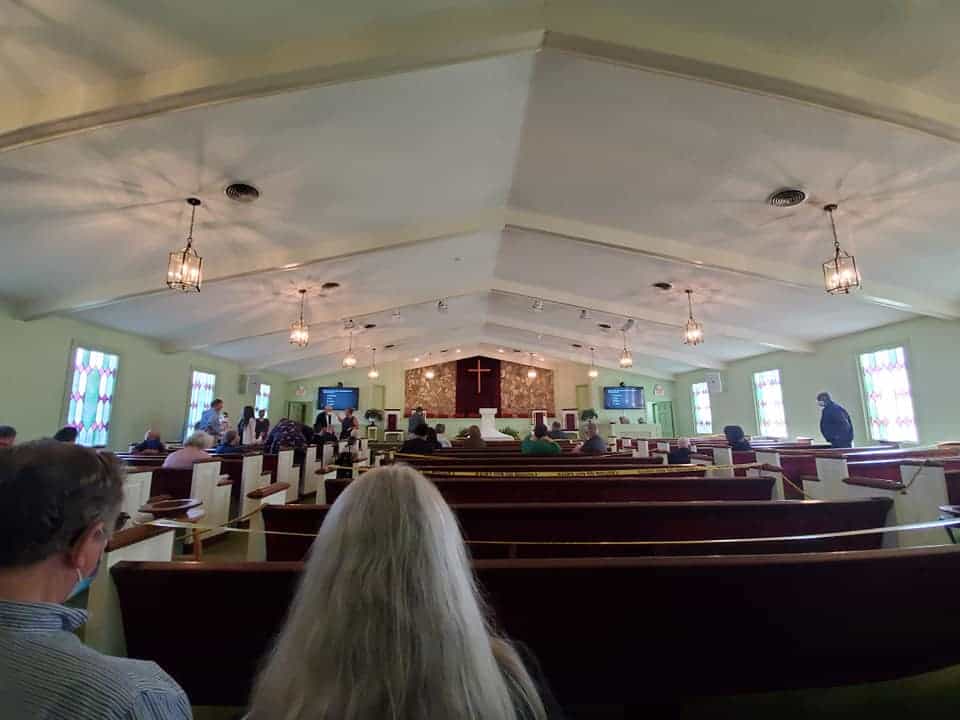
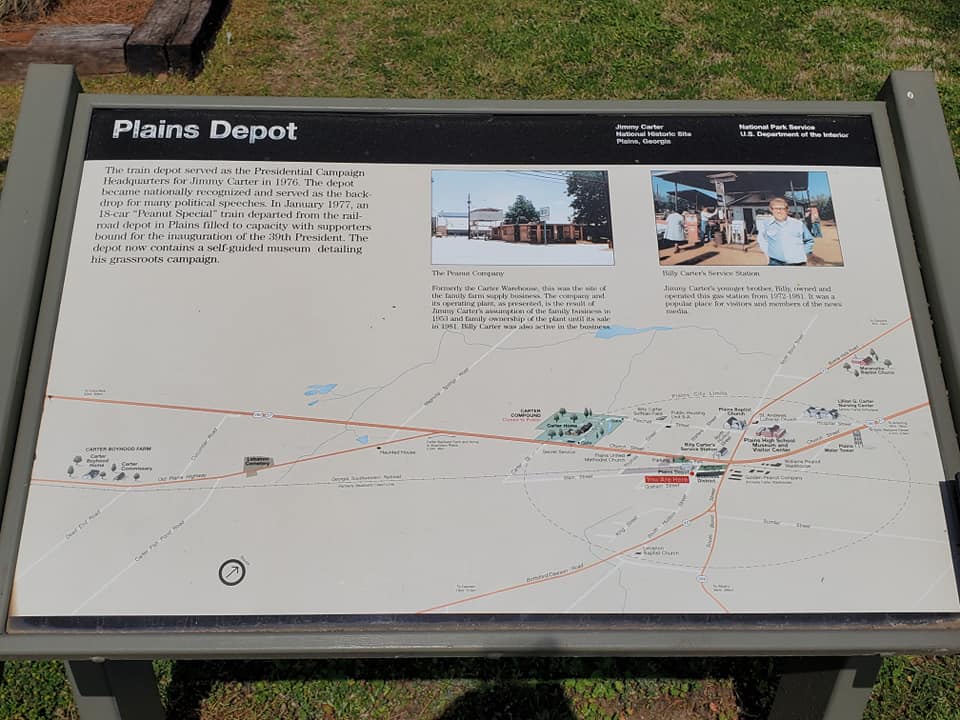
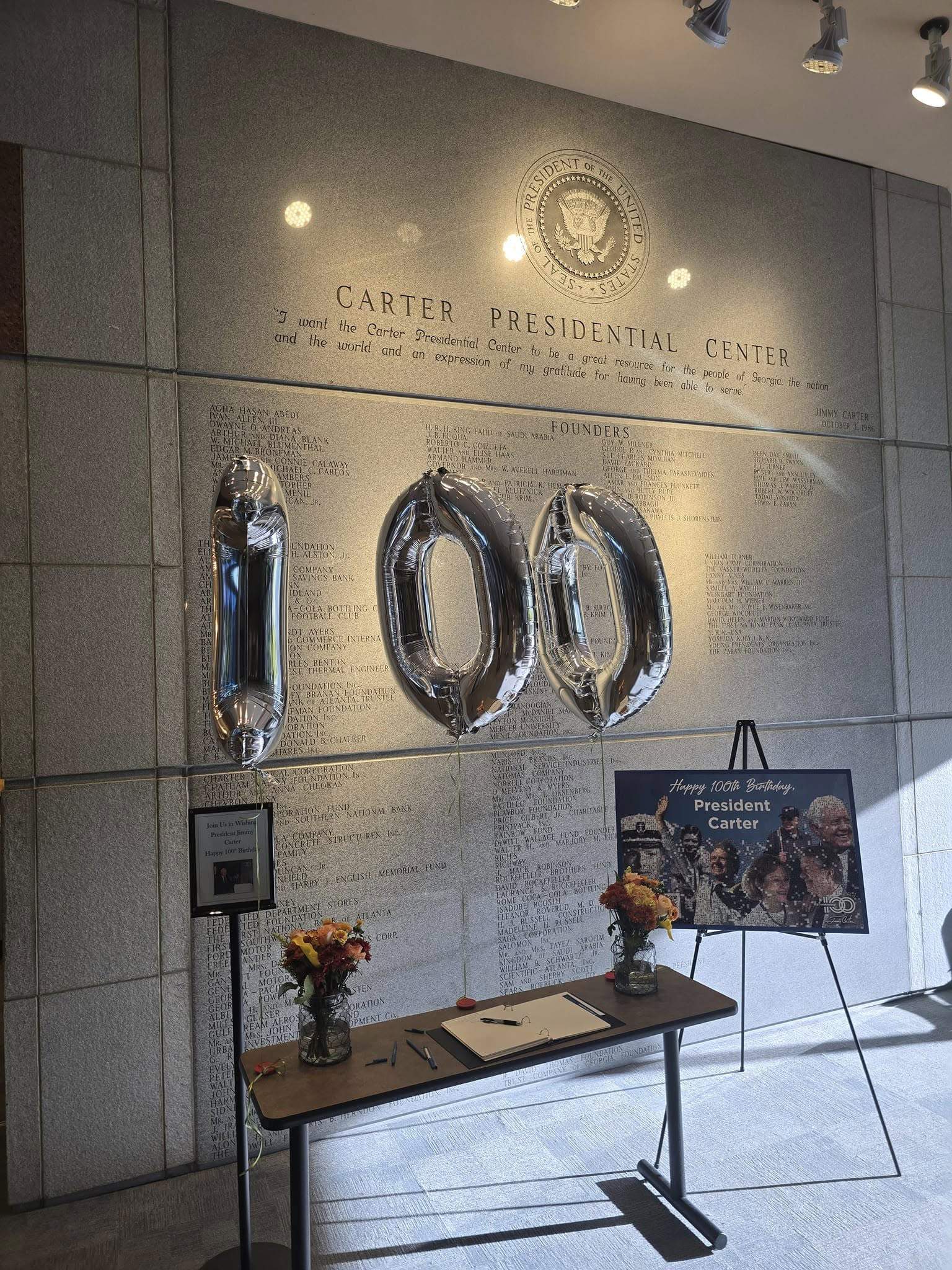
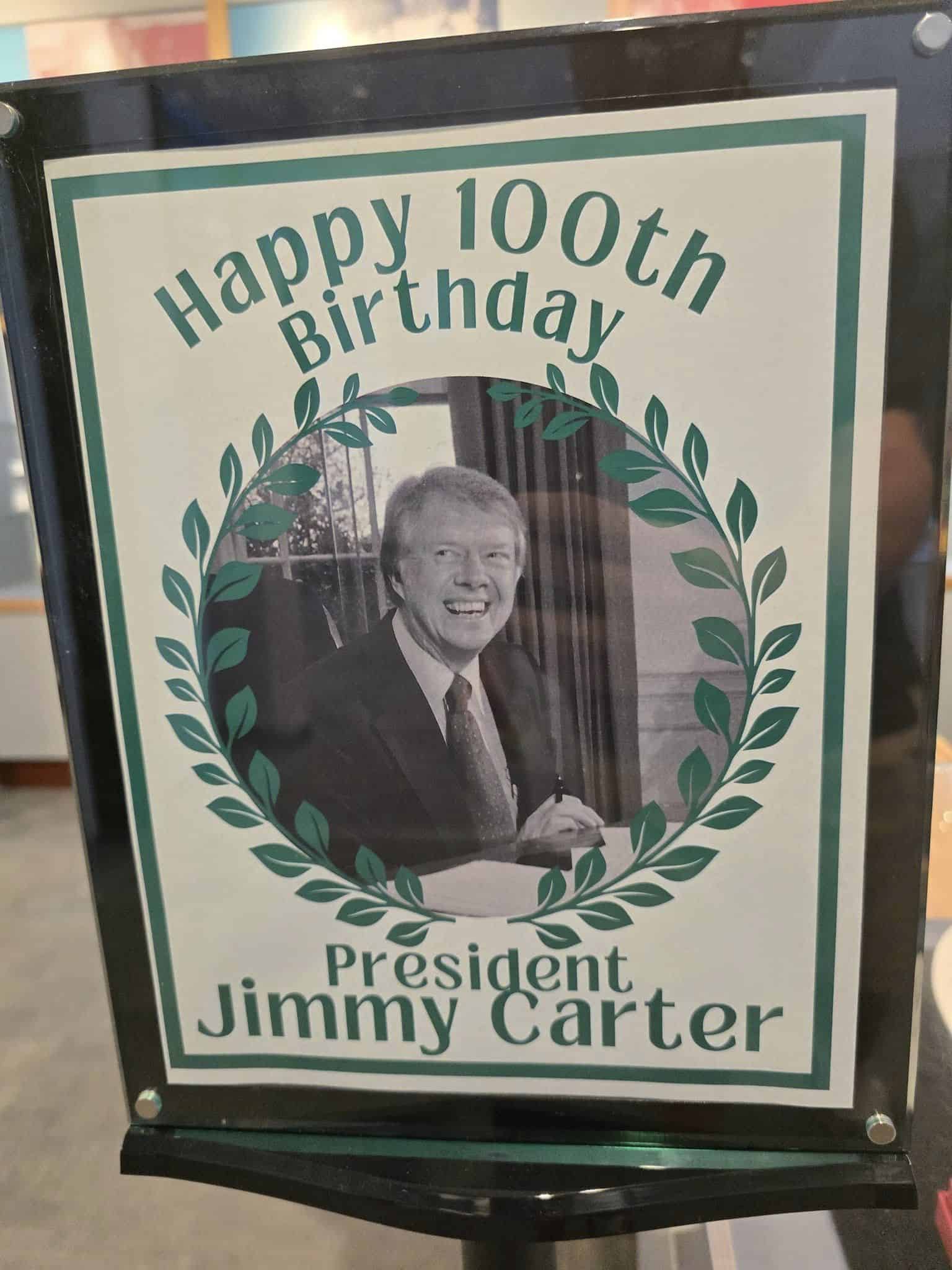
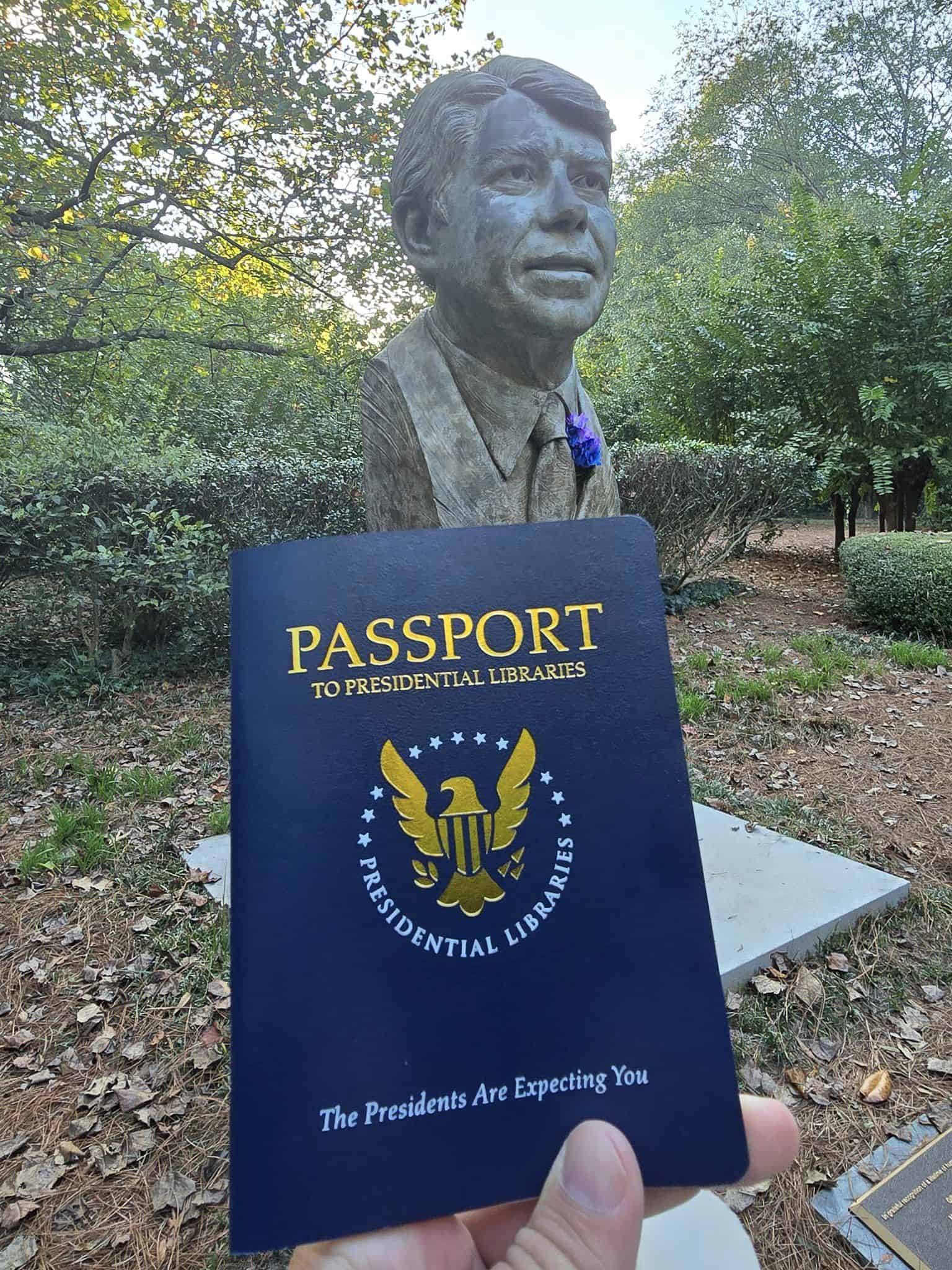
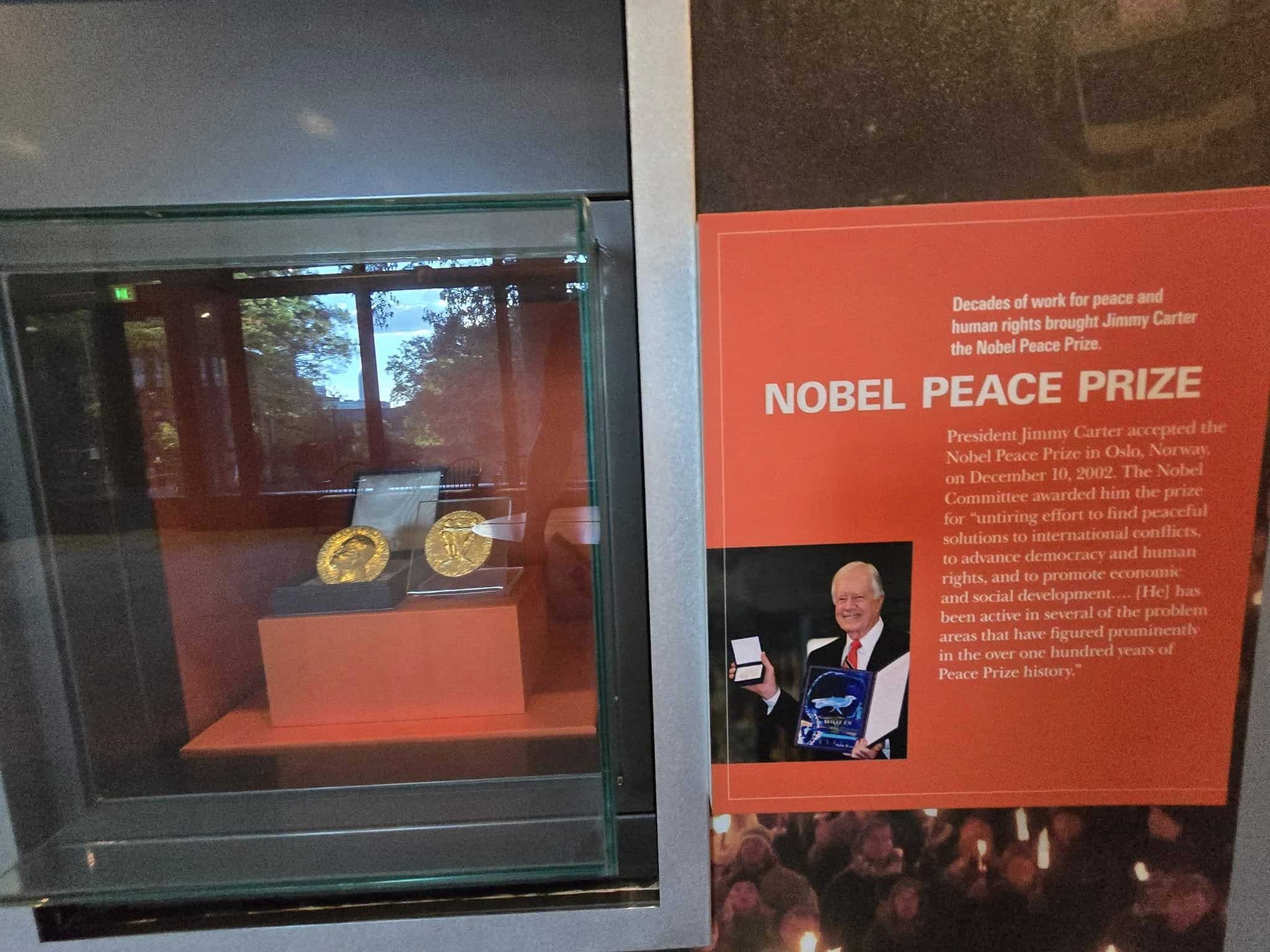
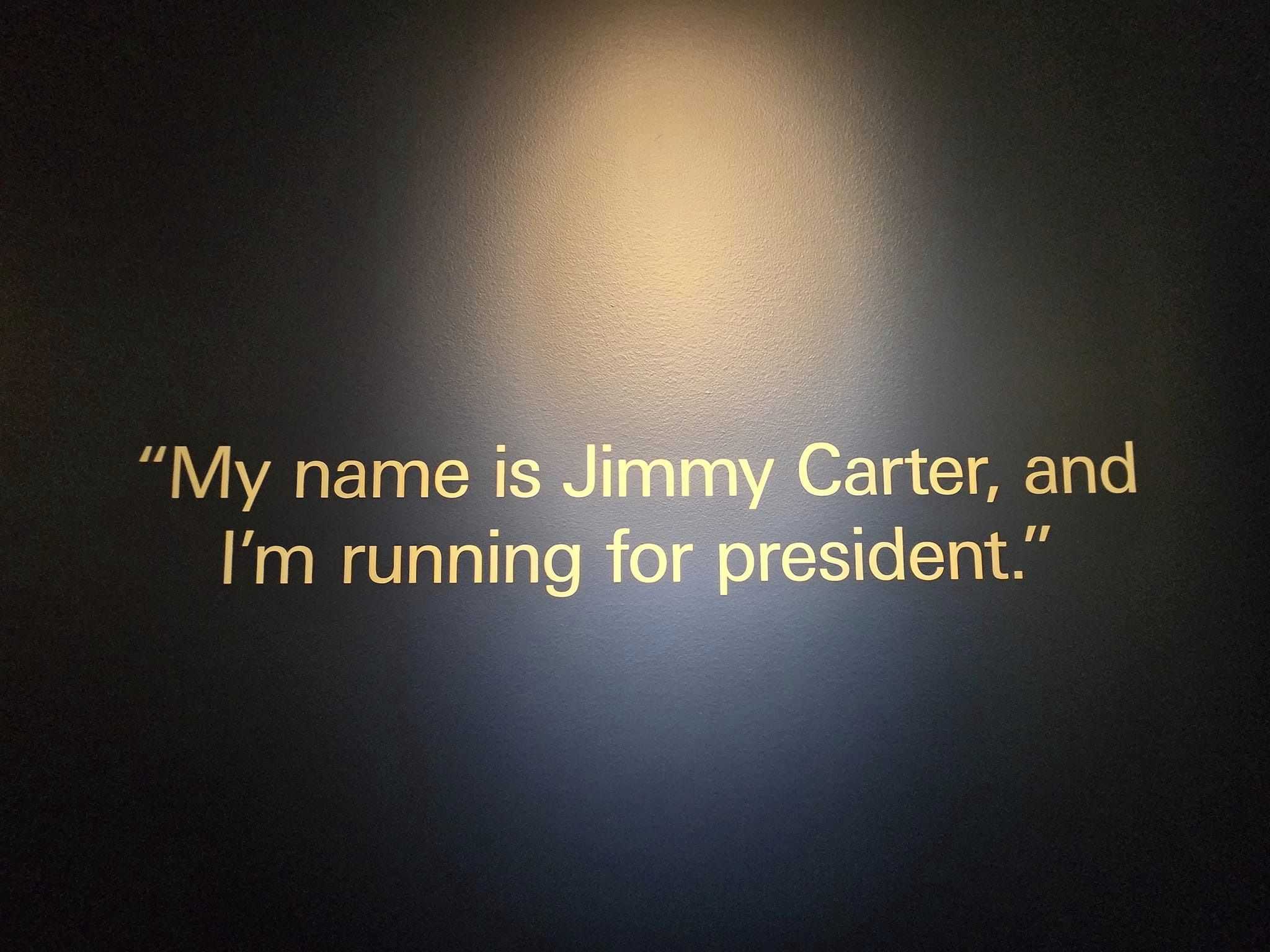
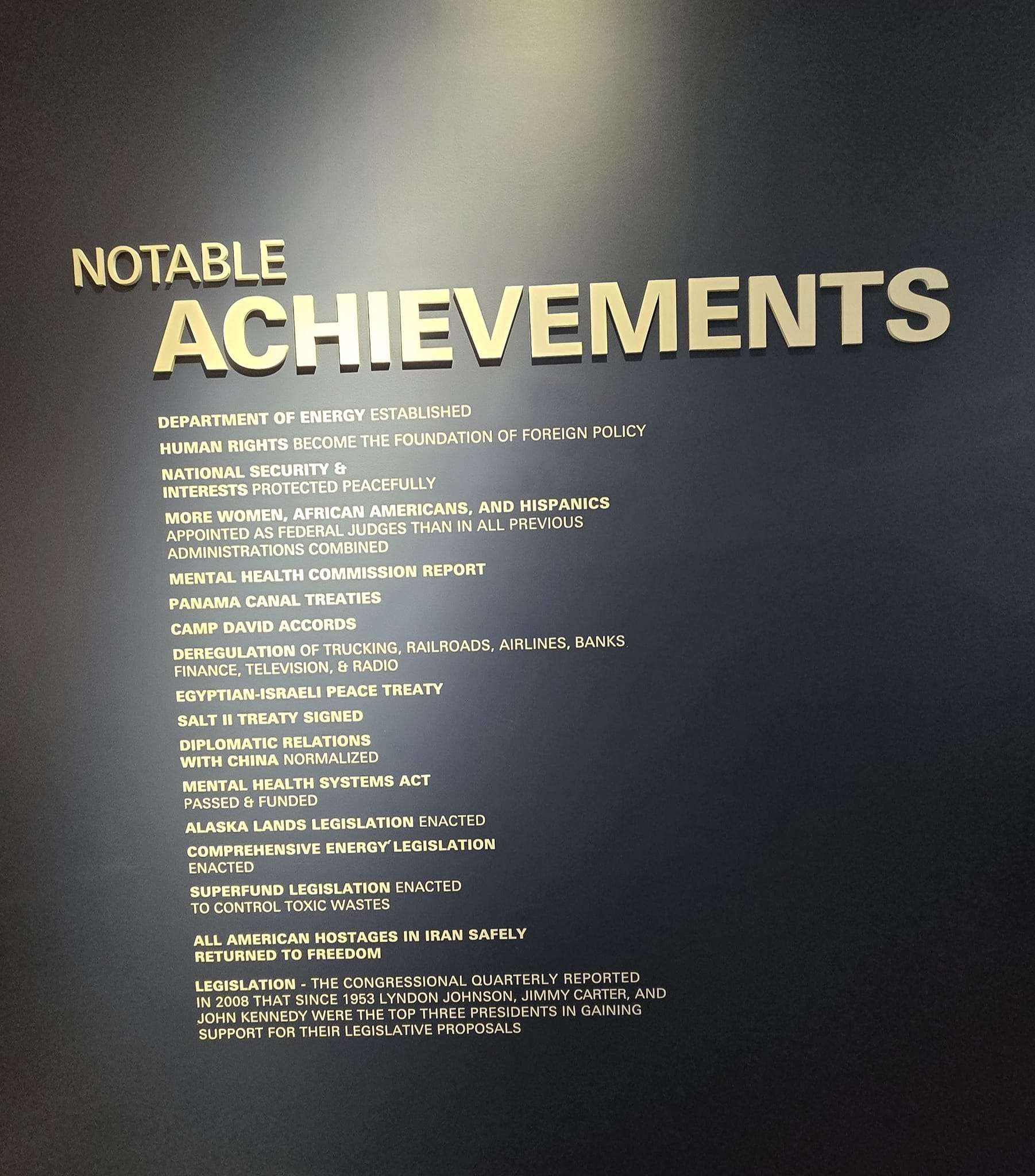
0 Comments